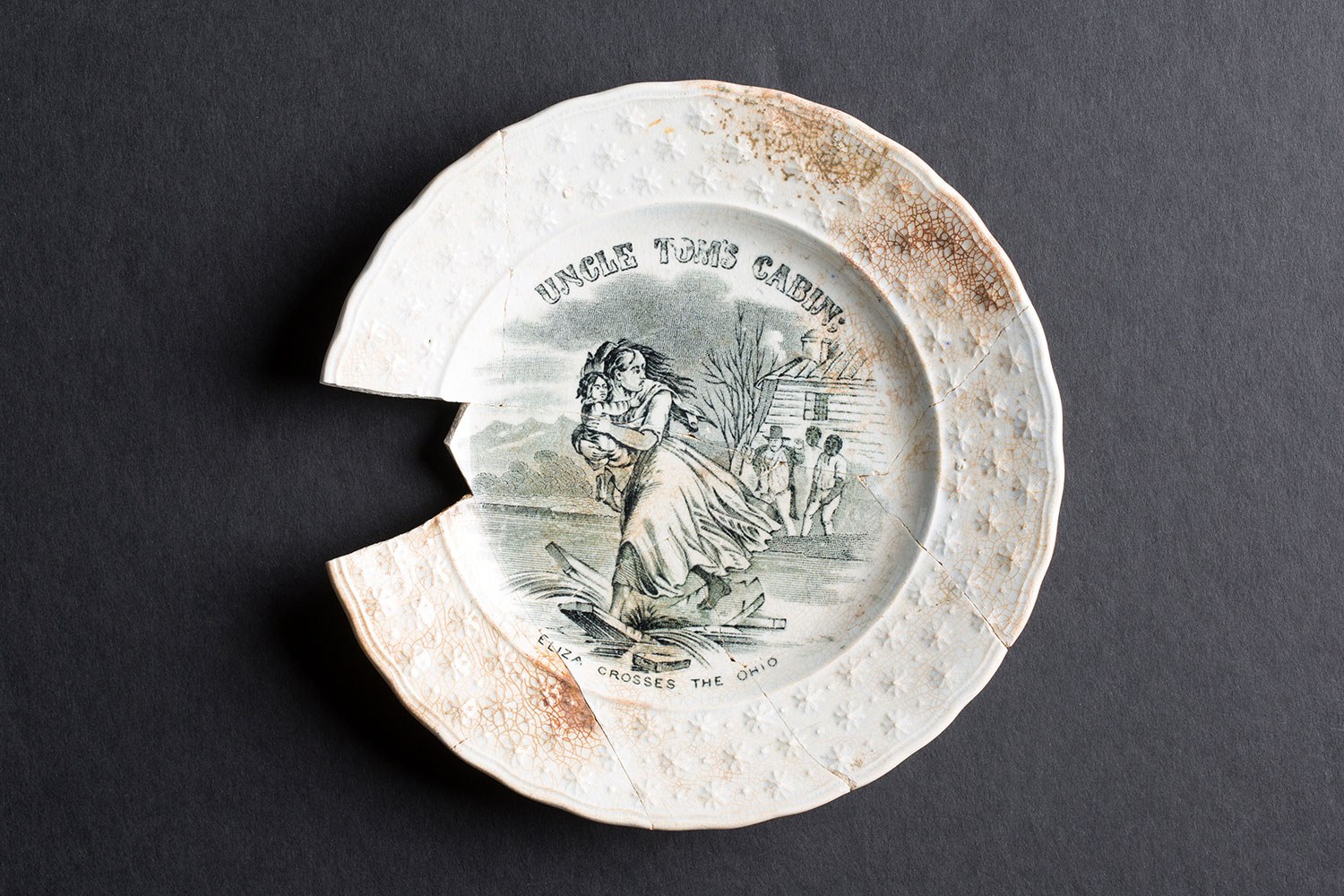

Browse by category
- Adaptive reuse
- Archaeology
- Arts and creativity
- Black heritage
- Buildings and architecture
- Communication
- Community
- Cultural landscapes
- Cultural objects
- Design
- Economics of heritage
- Environment
- Expanding the narrative
- Food
- Francophone heritage
- Indigenous heritage
- Intangible heritage
- Medical heritage
- Military heritage
- MyOntario
- Natural heritage
- Sport heritage
- Tools for conservation
- Women's heritage

- Home
- Adaptive reuse
- Archaeology
- Arts and creativity
- Black heritage
- Buildings and architecture
- Communication
- Community
- Cultural landscapes
- Cultural objects
- Design
- Economics of heritage
- Environment
- Expanding the narrative
Expanding the narrative
This is part of a broader conversation about whose history is being told, about gender, people of colour and the economically disenfranchised, and others whose stories have been overlooked or intentionally omitted from the authorized discussion.
- Food
- Francophone heritage
- Indigenous heritage
- Intangible heritage
Intangible heritage
Intangible cultural heritage includes language, traditions, music, food, special skills, etc.
- Medical heritage
- Military heritage
- MyOntario
- Natural heritage
- Sport heritage
- Tools for conservation
- Women's heritage
Hopes for the future
My life as an archaeologist often consists of hour upon hour of painstaking analysis of small bits and pieces of everyday life. But last year, during an archaeological investigation in Toronto’s downtown, we made a remarkable discovery that not only got my archaeological heartbeat pumping, but renewed my sense of pride in what it means to be Canadian.
The find was a simple plate adorned with a scene from Uncle Tom’s Cabin – Harriet Beecher Stowe’s influential novel and depiction of slavery in America. In the first part of the 1800s, thousands of enslaved men, women and children fled the United States seeking freedom and headed for Canada, where slavery had been declared illegal. Many of them settled in the very neighbourhood that the plate would be found over 150 years later: St. John’s Ward. “The Ward” was Toronto’s first arrival community, a vibrant settlement of working-class folk from all over the world looking to plant roots in our great country and to make a better life for themselves and their families. Within this immigrant neighbourhood, the plate served as a celebration of the Canadian ideals of dignity and equality for all and their hopes for the future.
RelatedStories
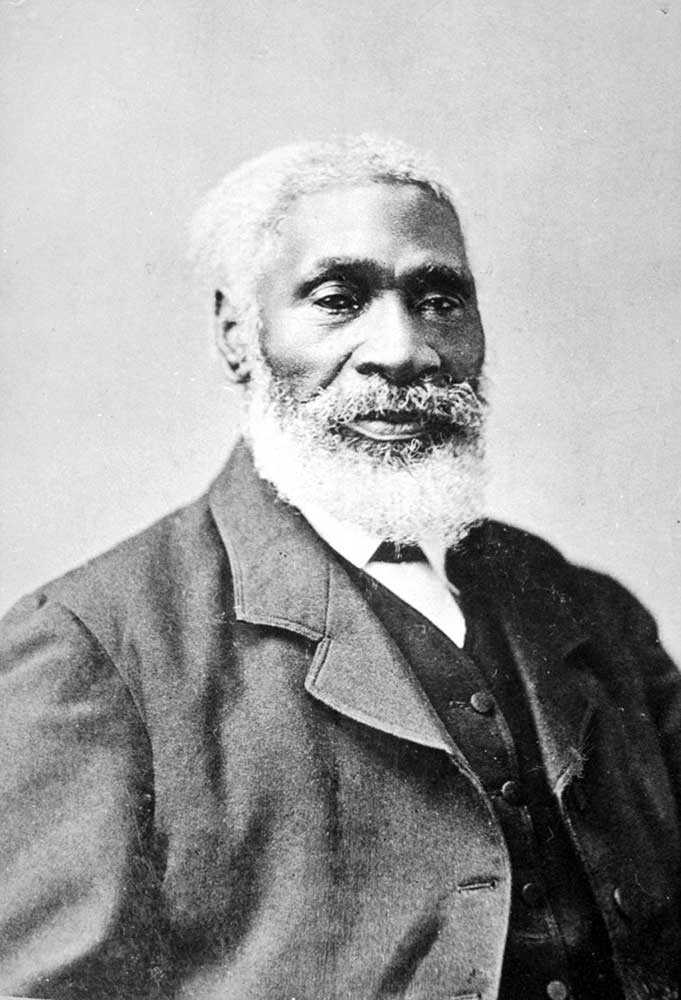
- 27 Jul 2022
- Expanding the narrative
Black heritage - Author: Beth Hanna and Steven Cook,
Celebrating Josiah – Introducing the Josiah Henson Museum of African-Canadian History
“I’ll use my freedom well.” Josiah Henson made this promise to Captain Burnham, who helped him and his family in the last part of their...
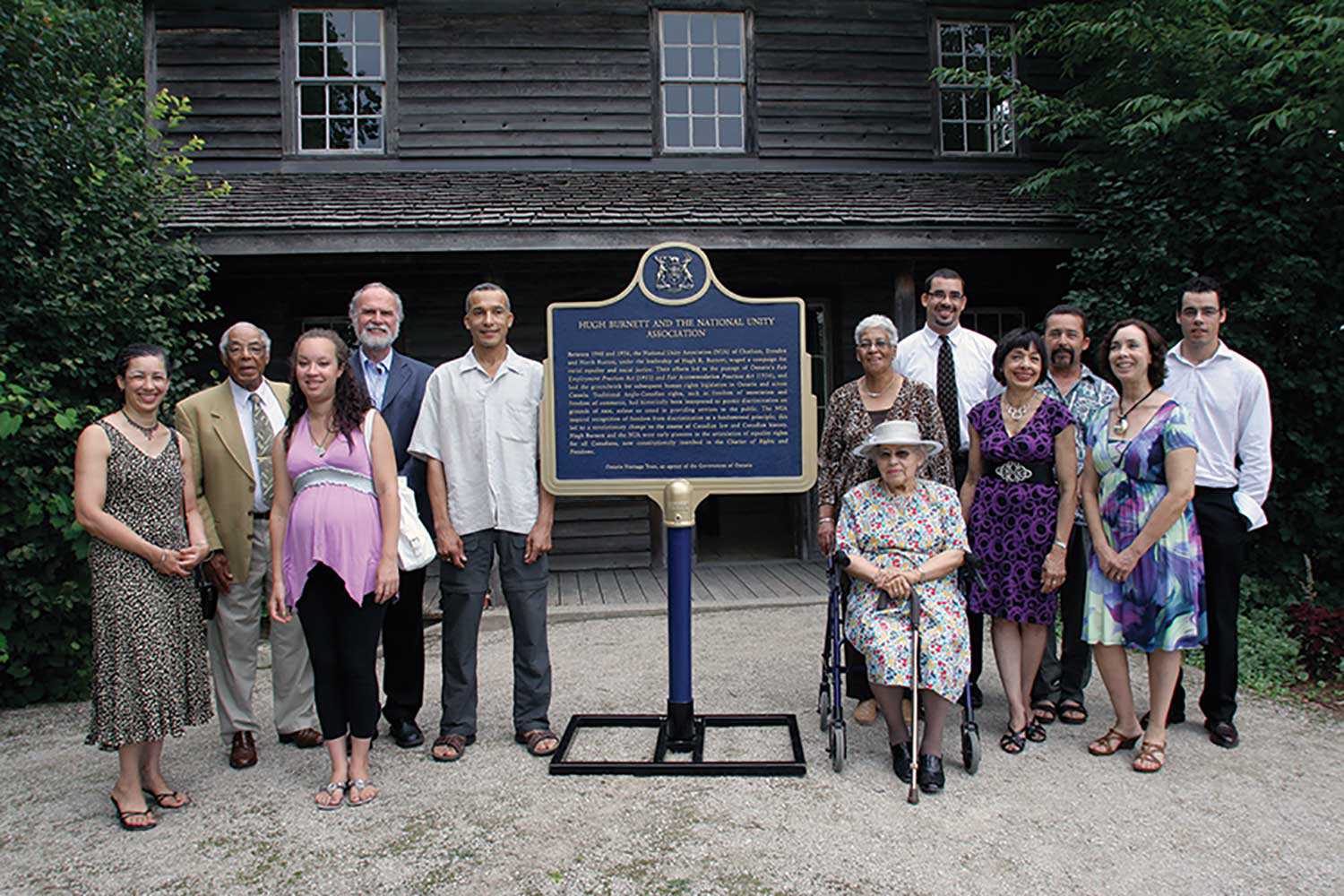
- 21 Apr 2022
- Expanding the narrative
Black heritage - Author: Beth Hanna,
Setting the record straight – Updating four Black history plaques
I’d like to tell you about Solomon Moseby. In 1837, Moseby fled to Niagara to escape slavery in Kentucky. When his extradition back to the...
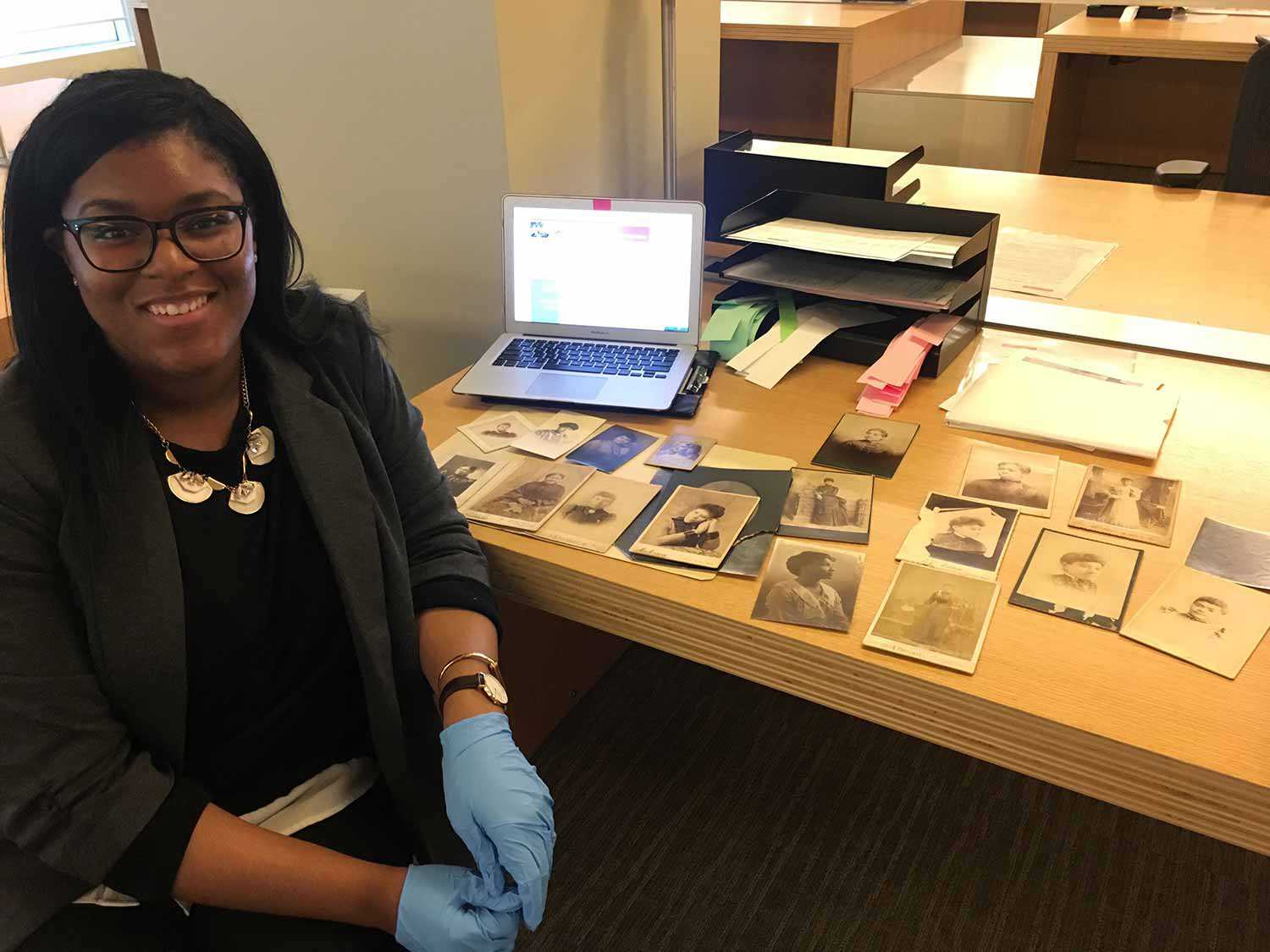
- 07 Sep 2018
- Expanding the narrative
Black heritage - Author: Kendra Campbell,
To be dignified, stylish and Black in the 19th century was to defy expectations
In summer 2018, the Black Artists’ Networks Dialogue Gallery and Cultural Centre (BAND) presented Redefining Black Identity, an exhibit that featured 19th-century Black portraiture. The...
![F 2076-16-3-2/Unidentified woman and her son, [ca. 1900], Alvin D. McCurdy fonds, Archives of Ontario, I0027790.](https://www.heritage-matters.ca/uploads/Articles/27790_boy_and_woman_520-web.jpg)
- 20 Mar 2018
- Women's heritage
Black heritage - Author: Natasha Henry,
We’ve always been here: Black women’s history of voting rights and politics in Canada
The history of Black women’s voting rights in Canada must be understood in the context of their evolving social status in the nation’s preceding French...
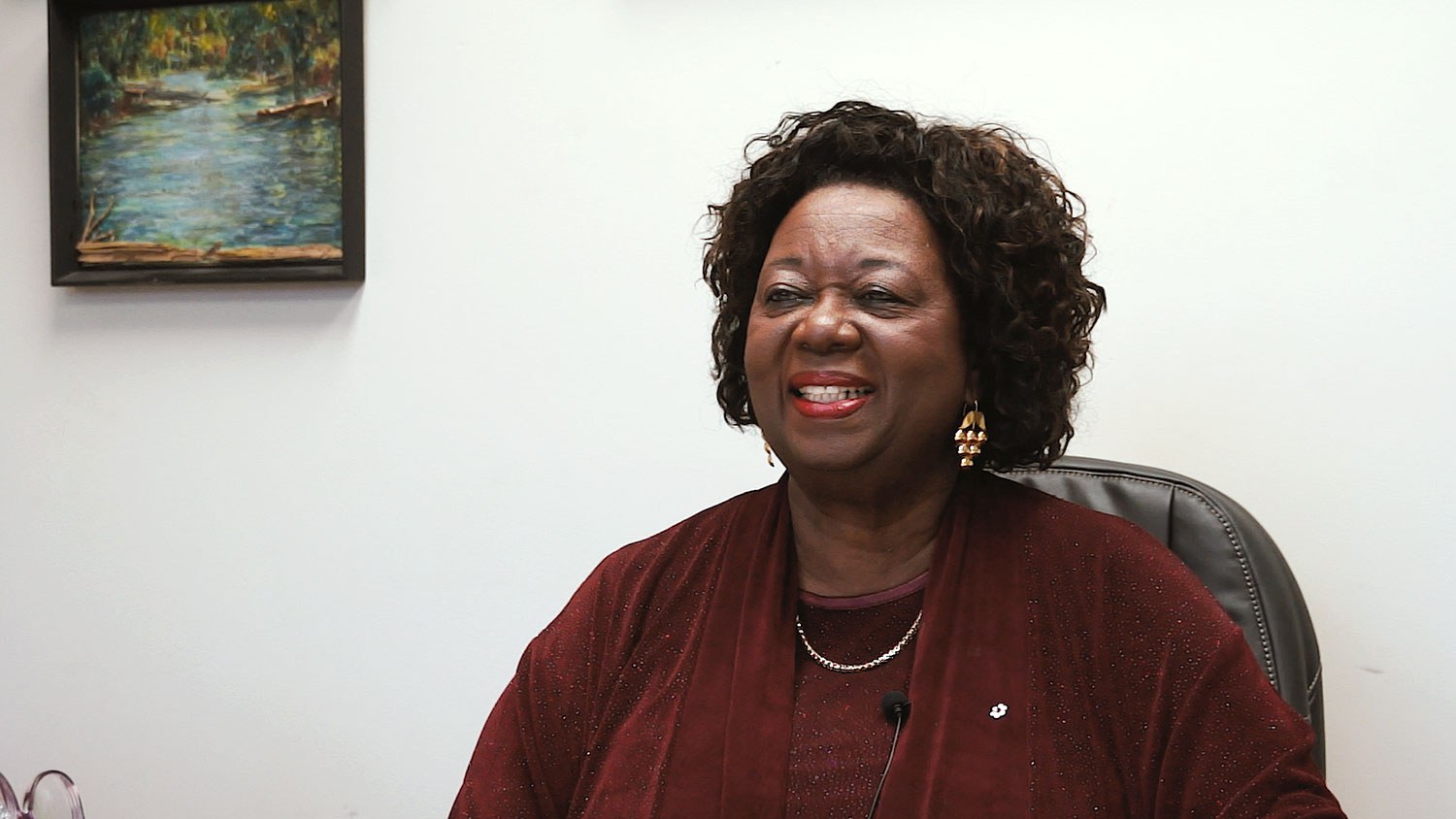
- 20 Mar 2018
- Women's heritage
Black heritage - Author: Beth Hanna,
From Happy Hill to Parliament Hill: An interview with trailblazer Jean Augustine
Among her many accolades, the Honourable Jean Augustine has the distinction of being Canada’s first Black female Member of Parliament and Cabinet Minister. An educator...

- 17 Feb 2017
- Buildings and architecture
MyOntario - Author: Kevin Mannara,
What was and what will be
The term symbolkirchen can roughly be translated as a “symbol bearing church.” Such churches point to living realities beyond ourselves and hold the potential to...

- 17 Feb 2017
- MyOntario
- Author: Jim Szilva,
A nickel and a prayer
In 1963, a firefighter named Ted Szilva entered a contest organized by the Canadian Centennial Committee in Sudbury. The committee asked residents of the city...

- 17 Feb 2017
- MyOntario
- Author: James Raffan,
On Cranberry Lake
Afloat at dawn and inhaling the misty rays of rising late-summer sun. Other days, it might be a sunset paddle with a Thermos of coffee...
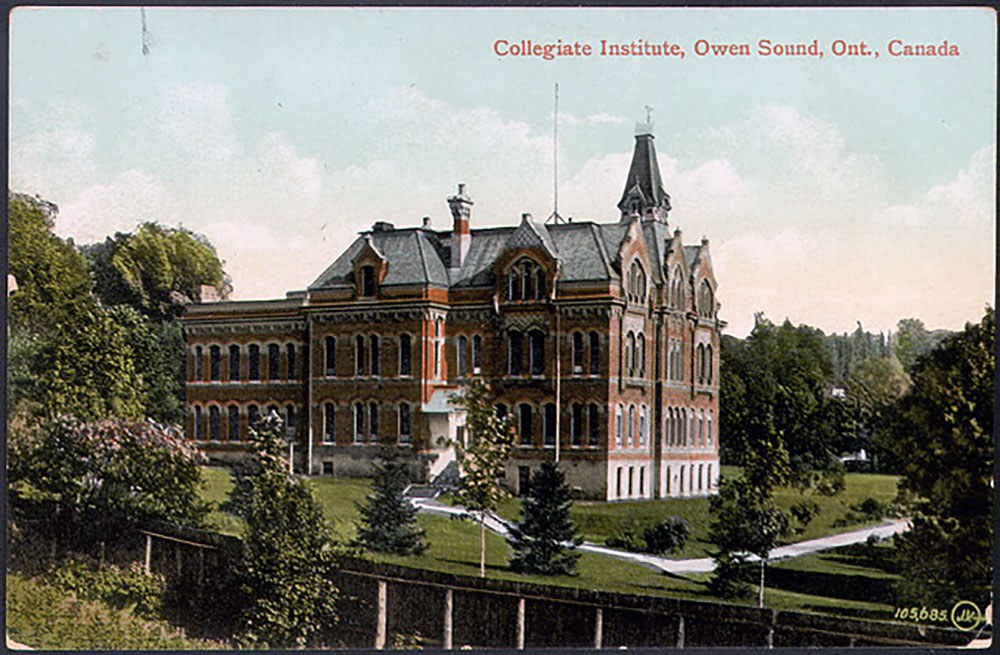
- 17 Feb 2017
- MyOntario
- Author: Melanie Pledger,
Learning from the past
I’m proud to be a Canadian. I’m also proud to be an Ontarian. Going one step further, I’m proud to be a Falcon. In 2014...
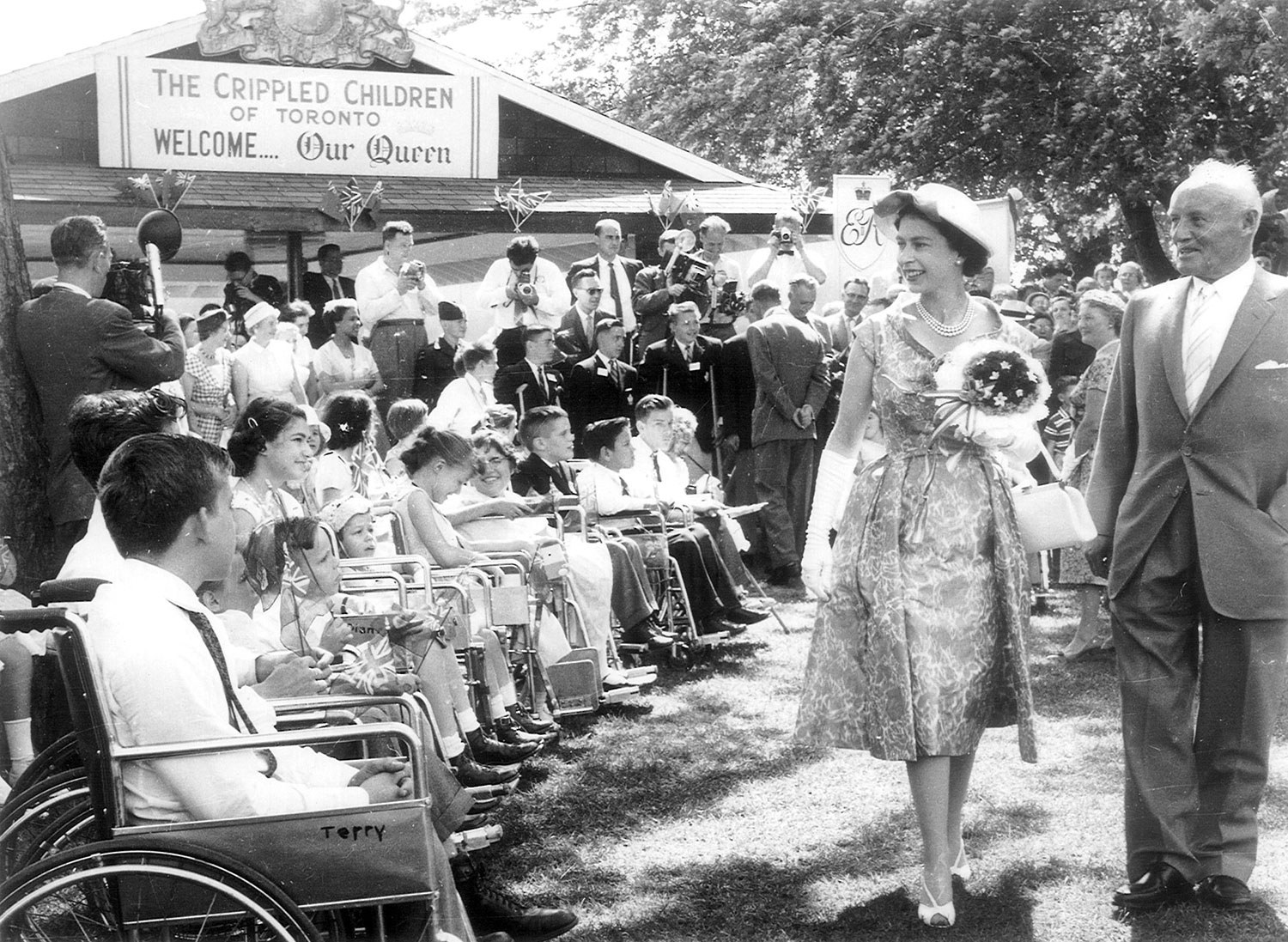
- 17 Feb 2017
- MyOntario
- Author: David Onley,
Thoughts about Ontario at 150
The photo became an heirloom in our family: a picture of Her Majesty the Queen at Kew Gardens in The Beach, escorted by Toronto Maple...
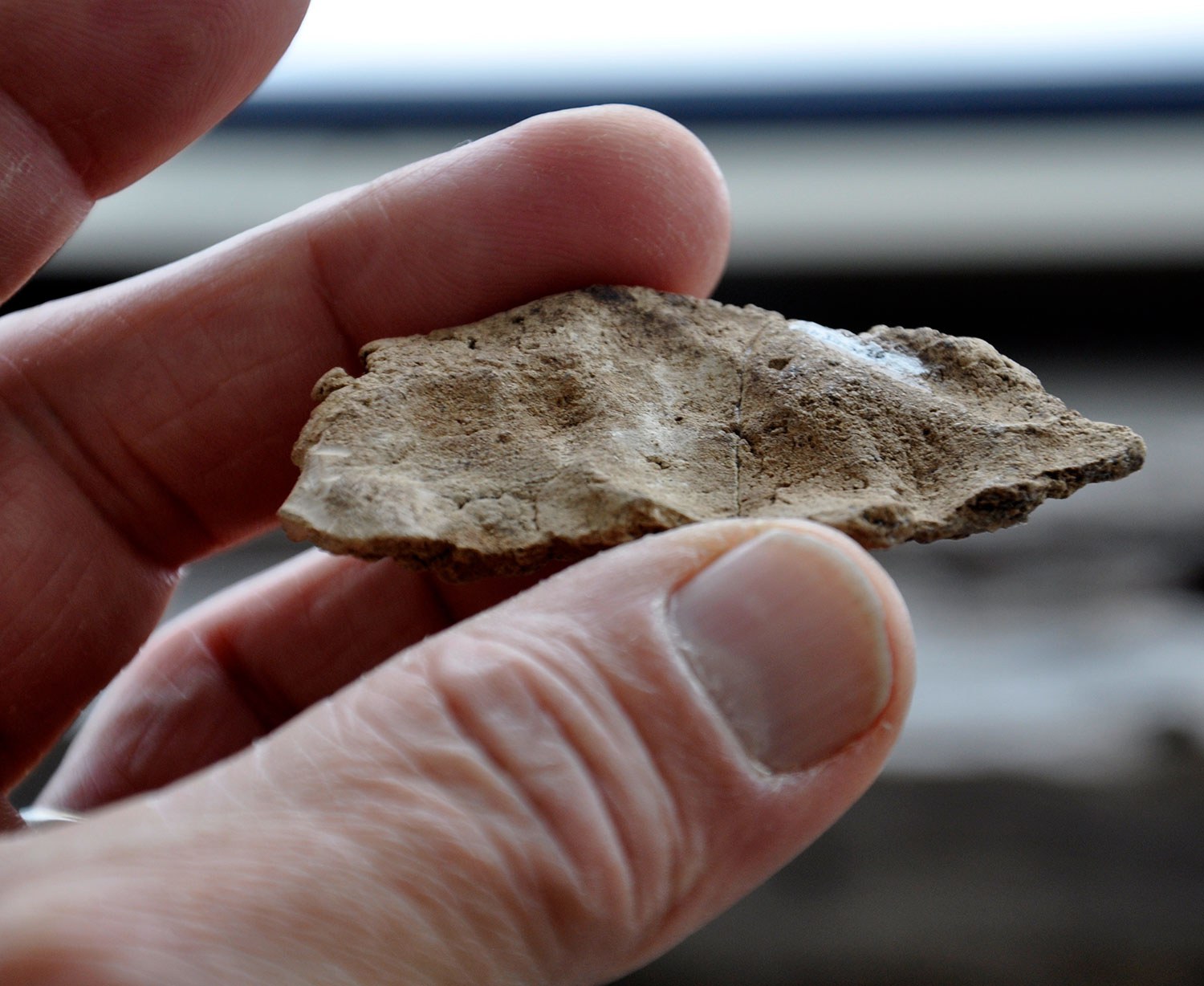
- 17 Feb 2017
- Indigenous heritage
Archaeology
MyOntario - Author: Jean-Luc Pilon,
The gift of time travel
In the summer of 1982, I was carrying out archaeological research near the shores of Hudson Bay on the Severn River. One of the sites...

- 17 Feb 2017
- Buildings and architecture
MyOntario - Author: Georges Quirion,
Ontario’s rich industrial history
Northern Ontario has unique structures, not familiar to many, spread out through small northern communities, reflecting its rich history and its vast wealth of precious...
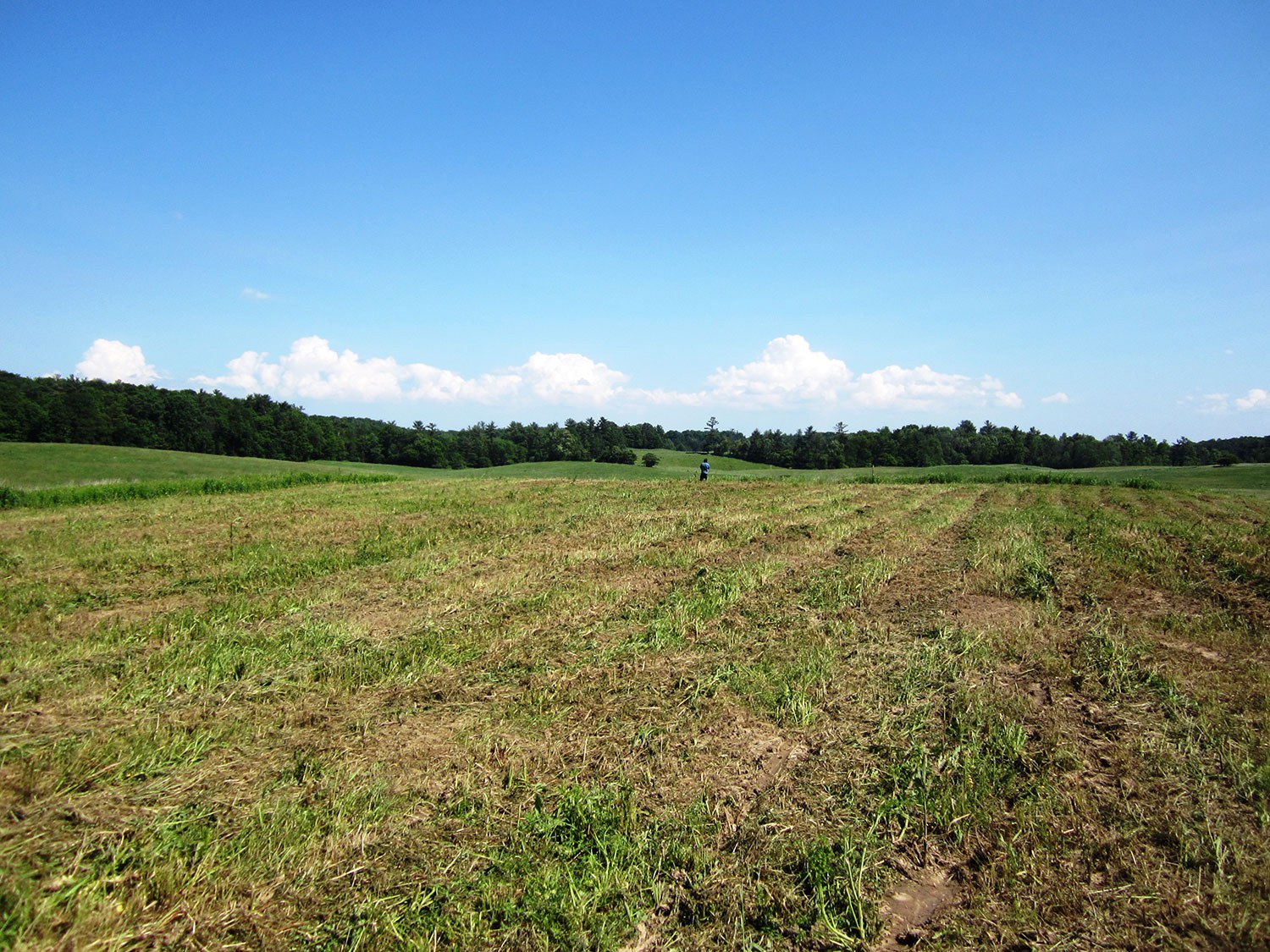
- 17 Feb 2017
- Indigenous heritage
MyOntario - Author: Konrad Sioui,
The heart of North America
There are many stories that we can share. Well, first of all, the word “Ontario” itself. Many people don’t know what it means. People try...

- 17 Feb 2017
- Expanding the narrative
MyOntario - Author: David Rayside,
Making history
At 6 p.m. on December 2, 1986, Ontario’s legislative assembly was scheduled to vote on adding “sexual orientation” to the province’s Human Rights Code. Ten...

- 17 Feb 2017
- Archaeology
MyOntario - Author: William R. Fitzgerald,
A divine intersection of history and archaeology
Suspicion, fear, and intimidation met Jesuit priests Jean de Brébeuf and Pierre-Joseph-Marie Chaumonot during their Mission of the Angels to “la Nation Neutre” between November...

- 17 Feb 2017
- MyOntario
- Author: Eleanor McMahon,
A Place to Stand
As Minister of Tourism, Culture and Sport, I’ve had the privilege to meet many proud, talented and hardworking Ontarians through my participation in a number...

- 17 Feb 2017
- Natural heritage
MyOntario - Author: Steve Paikin,
Heaven on earth
A month before Ontario turns 150 years old, I’ll celebrate my 57th birthday. I’ve lived all but one of those years in the province of...

- 17 Feb 2017
- MyOntario
- Author: Scarlett Janusas,
Underwater archaeology
I’ve always had a passion about archaeology and also about water. I love being on the water and under it. So, what better way to...

- 17 Feb 2017
- Natural heritage
MyOntario - Author: Yannick Bisson,
Reconnecting with nature
My first visit to Ontario, from Québec, was at about age 8. I have a distinct memory of arriving by car down the Don Valley...

- 17 Feb 2017
- MyOntario
- Author: Deepa Mehta,
Ontario’s rich diversity
When I think of Ontario, I think of inclusion, diversity and the resulting richness it brings to our province. In a world that is becoming...
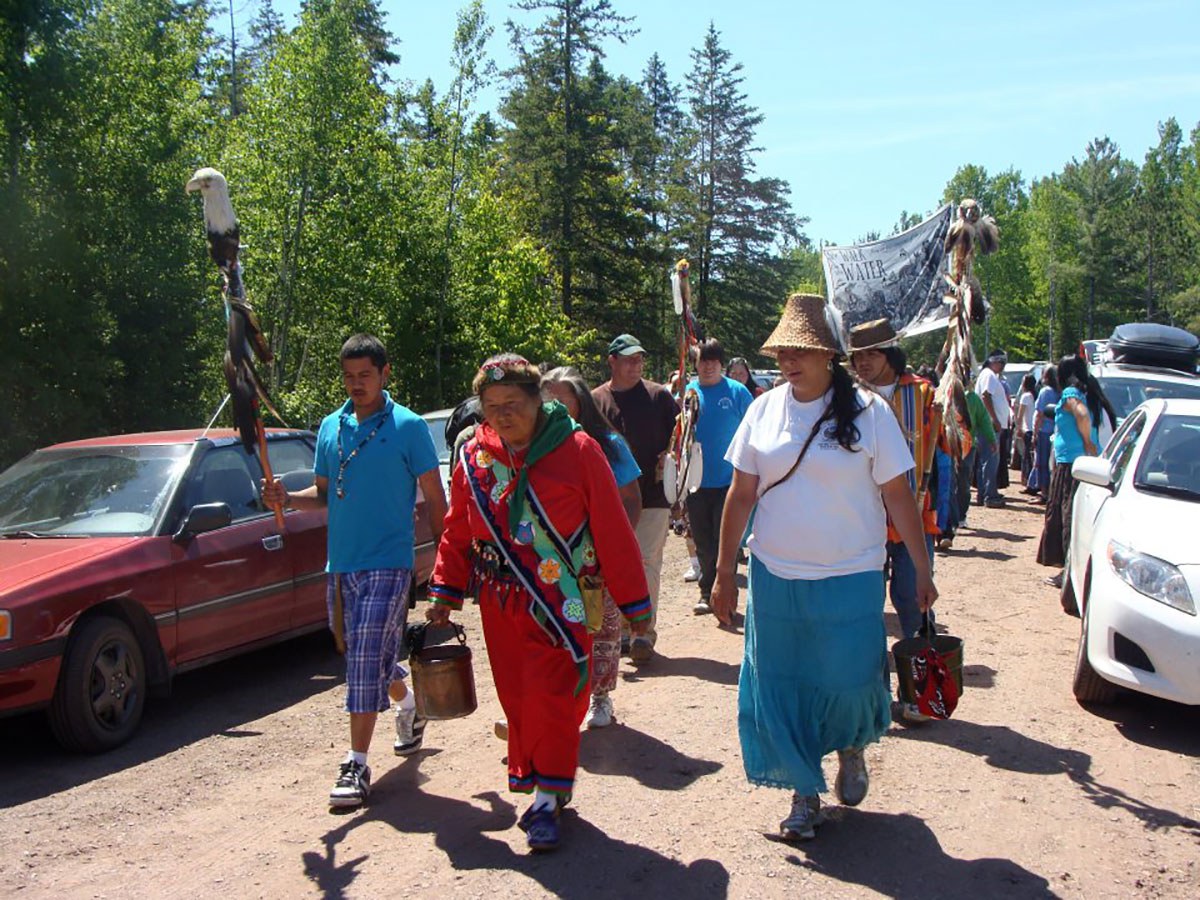
- 17 Feb 2017
- Indigenous heritage
MyOntario - Author: Josephine Mandamin,
Walking with the water
When we walk with the water, we pray for the water. The water that we carry, we pray for it, and we pray to it...
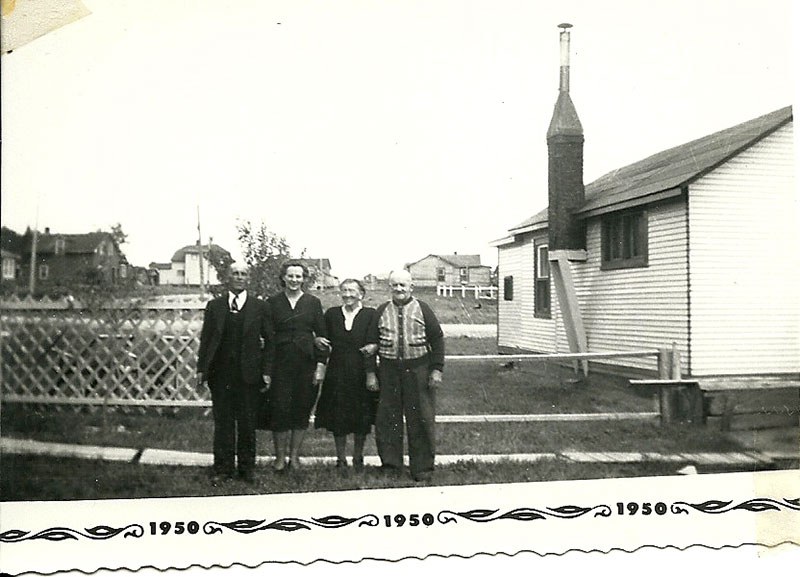
- 17 Feb 2017
- Francophone heritage
MyOntario - Author: Joëlle Roy,
Descendants de la Vallée du Saint-Laurent
Il est parti au chantierY avait à peine 15 ansY a moyen de s’en sortirPour ça, faut faire d’l’argentY en a en Ontario sous la...
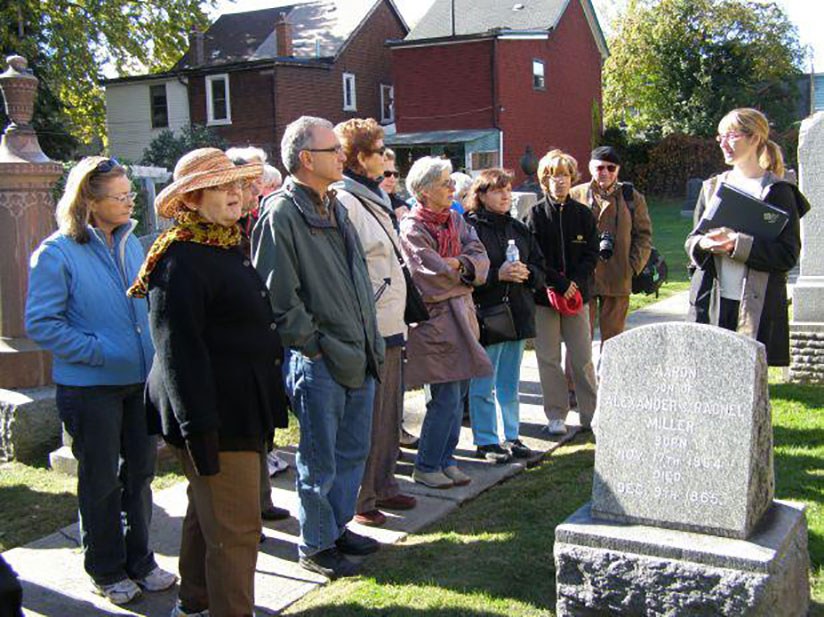
- 17 Feb 2017
- MyOntario
- Author: Ellen Scheinberg,
Celebrating the history of Toronto’s Jewish cemeteries
Over the past decade, I have developed a passion for cemeteries. It started during my tenure as Director of the Ontario Jewish Archives, when I...
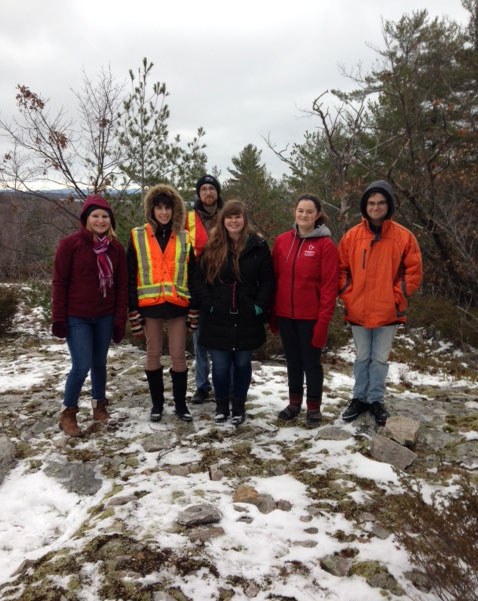
- 17 Feb 2017
- Archaeology
MyOntario - Author: Dr. Patrick Julig,
Reflections on ancient quarry sites of northern Ontario
In the 1980s-90s, I excavated at Cummins and Sheguiandah National Historic Site quarry/ workshops in northern Ontario – in addition to many neat places elsewhere...

- 17 Feb 2017
- MyOntario
- Author: The Honourable Elizabeth Dowdeswell,
The conscience of our province
Ontario’s Legislative Building, completed in 1893, is a magnificent structure filled with stories from the most significant moments in our province’s modern history. The place...

- 17 Feb 2017
- Indigenous heritage
Buildings and architecture
MyOntario - Author: R. Donald Maracle,
Christ Church, Her Majesty’s Chapel Royal of the Mohawk – Tyendinaga Mohawk Territory
During the American Revolution, the Mohawks were forced to flee their homeland in upper New York State. In 1784, after spending several years in Lachine...

- 17 Feb 2017
- MyOntario
- Author: Larry Richards,
Ontario trains
My first views of Ontario were from a passenger train 45 years ago. In 1972, I crossed the border at Detroit and took a train...

- 17 Feb 2017
- Natural heritage
MyOntario - Author: Joseph Desloges,
Celebrating the Chinguacousy Badlands
The Chinguacousy (“land of the young pines”) Badlands have been visited by hundreds of thousands of Ontarians. This rapidly eroding clay-shale bedrock at the foot...

- 17 Feb 2017
- MyOntario
- Author: Charlie Fairbank,
An enduring landscape
Each morning, I open the door of our farmhouse and step into an enduring landscape of beauty, shaped by horse and man. Sheep dot the...

- 17 Feb 2017
- MyOntario
- Author: David P. Silcox,
My Ontario is …
MY ONTARIO IS: RosalieAbella, RobertAitken, AndréAlexis, LouApplebaum, MargaretAtwood, IainBaxter&, StanBevington, BillBissett, JeanBoggs, DaveBroadfoot, EdBurtynsky, JackBush, JackCostello, DavidCrombie, KikiDelaney, LouiseDennys, MichaeldePencier, RamsayDerry, RupertDuchesne, BuddFeheley, MaureenForester, DavidFrench...
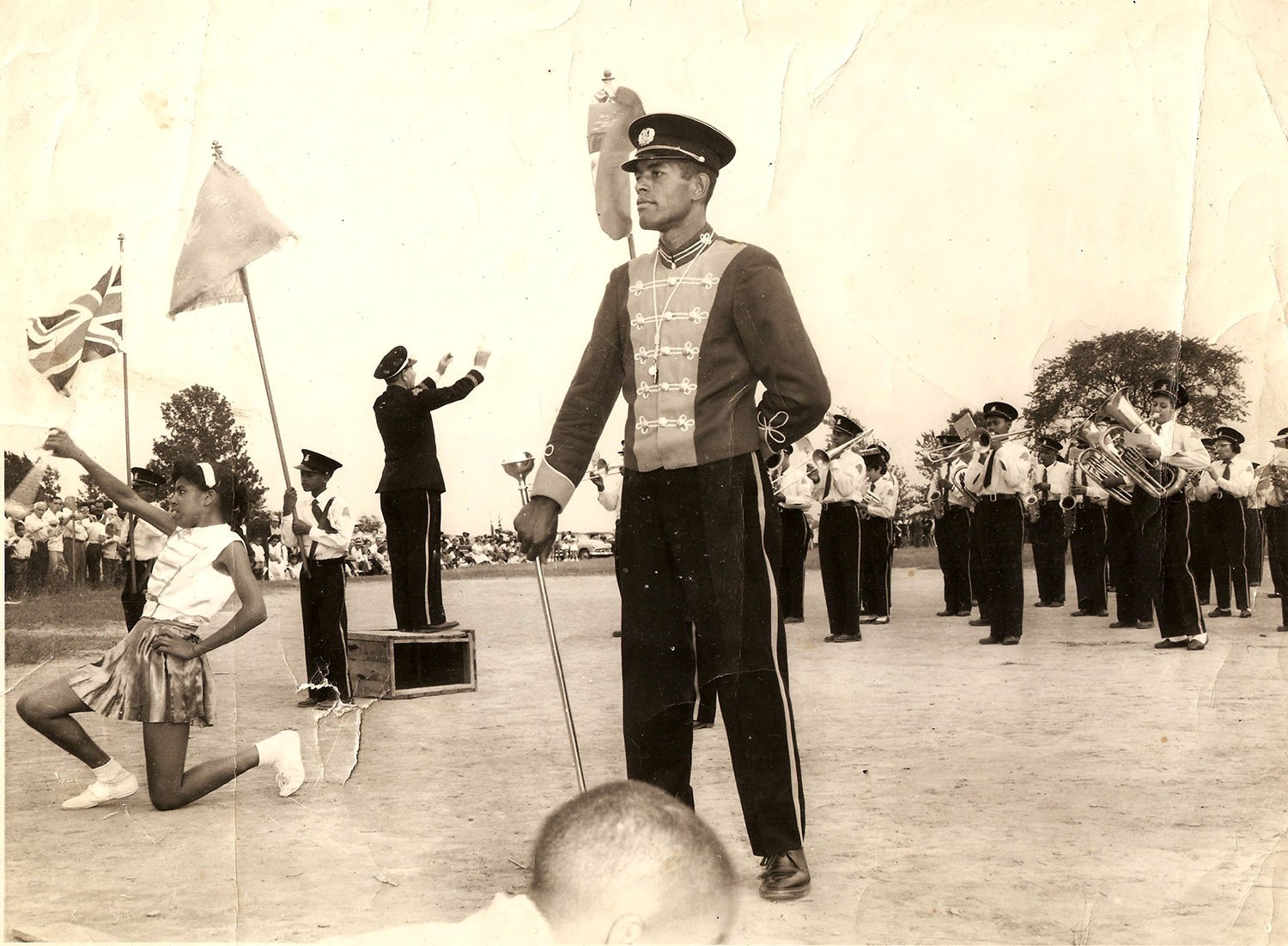
- 17 Feb 2017
- Black heritage
MyOntario - Author: Adrienne Shadd,
Reflections on my hometown
In the year of the 150th birthday of Canada, I would like to pay tribute to my hometown. North Buxton started out in 1849 as...
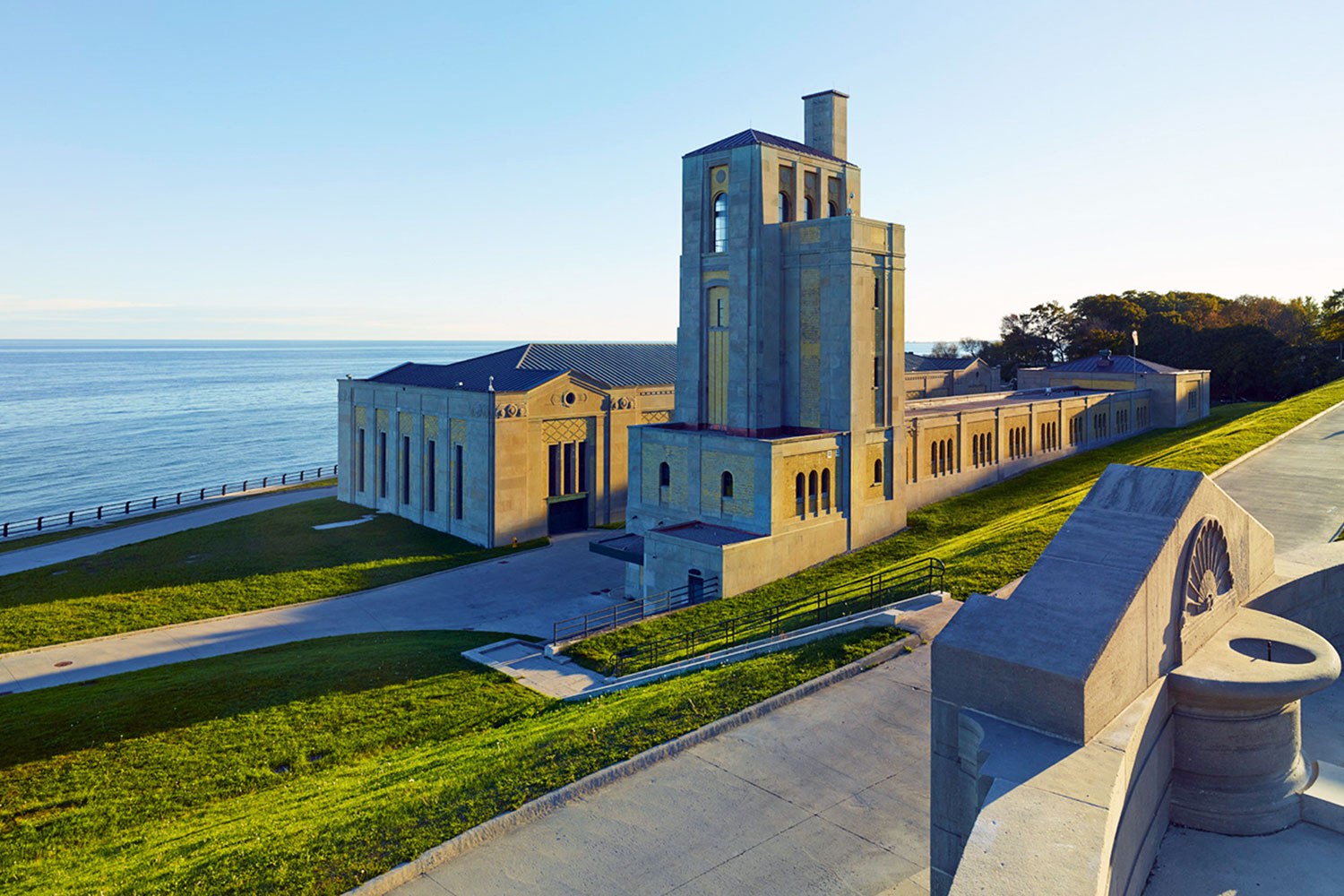
- 17 Feb 2017
- MyOntario
- Author: Atom Egoyan,
R.C. Harris Water Filtration Plant
Whenever I have visitors to Toronto, I take them to the Harris Filtration Plant. This beautiful complex is one of the few remaining examples of...

- 17 Feb 2017
- Indigenous heritage
MyOntario - Author: M. Margaret Froh,
The Métis sash
Métis youth leader Katelyn LaCroix was recently asked what being Métis meant to her. She replied that “like the sash, we are two cultures coming...
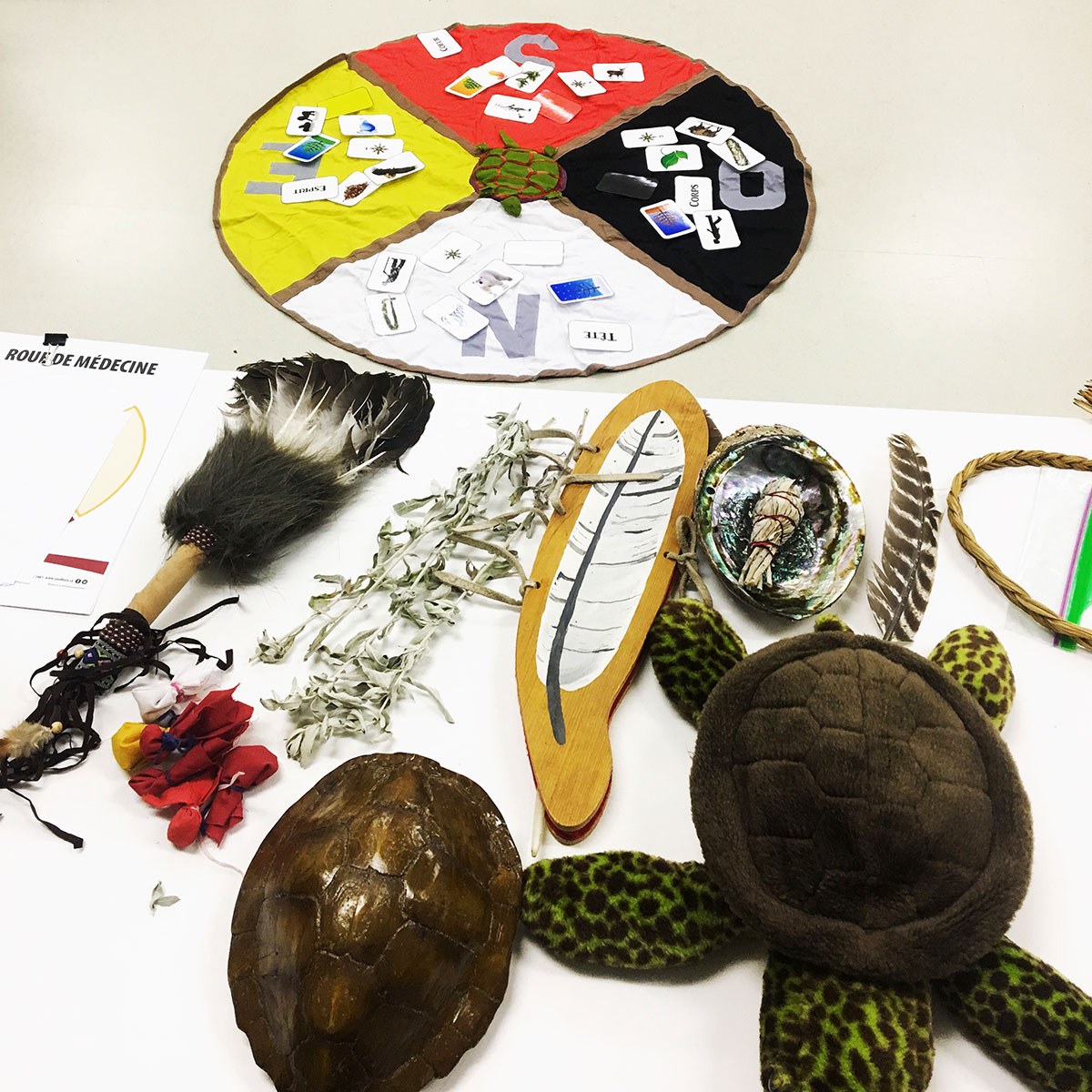
- 17 Feb 2017
- Indigenous heritage
MyOntario - Author: Mélanie-Rose Frappier,
On the path to reconciliation
Education is key. It will lead to healing as well as social awareness about the Indigenous culture. My ancestors spent hundreds of years fighting for...
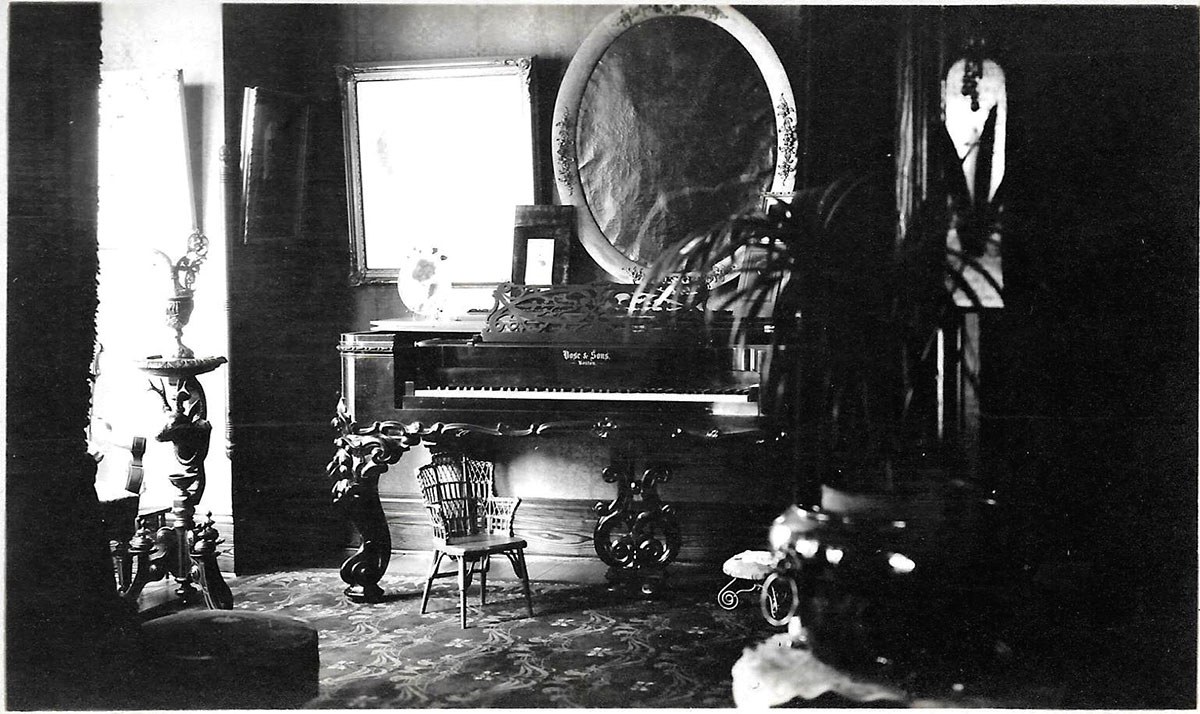
- 17 Feb 2017
- MyOntario
- Author: Carl Benn,
Edwardian home photos
I possess 16 photographs from c.1905 of my great-grandparents’ home in St. Catharines. At a personal level, I like these pictures because they record details...

- 17 Feb 2017
- MyOntario
- Author: Manuel Stevens,
Stepping back in time to Old Ontario
My Ontario is the Rideau Canal region between Smiths Falls and Kingston. Having spent many years as the planner for the Rideau Canal – and...

- 17 Feb 2017
- Expanding the narrative
MyOntario - Author: Beth Hanna,
The stories that define us
Stories are powerful. They reveal our values, pleasures and memories, the rituals and rhythms of our lives, our spiritual natures, our creative selves, our triumphs...

- 17 Feb 2017
- MyOntario
- Author: D'Arcy Jenish,
Making the voyage
Our voyage aboard the MV Algomarine began at the Port of Montreal late on a Saturday afternoon in July 2007 and ended early the following...

- 17 Feb 2017
- Indigenous heritage
MyOntario - Author: Susan Bryan,
Someone has passed this way before
I’m standing on the deck of a small boat, riding the swells of the Nipigon River where it widens into Lake Superior. In front of...
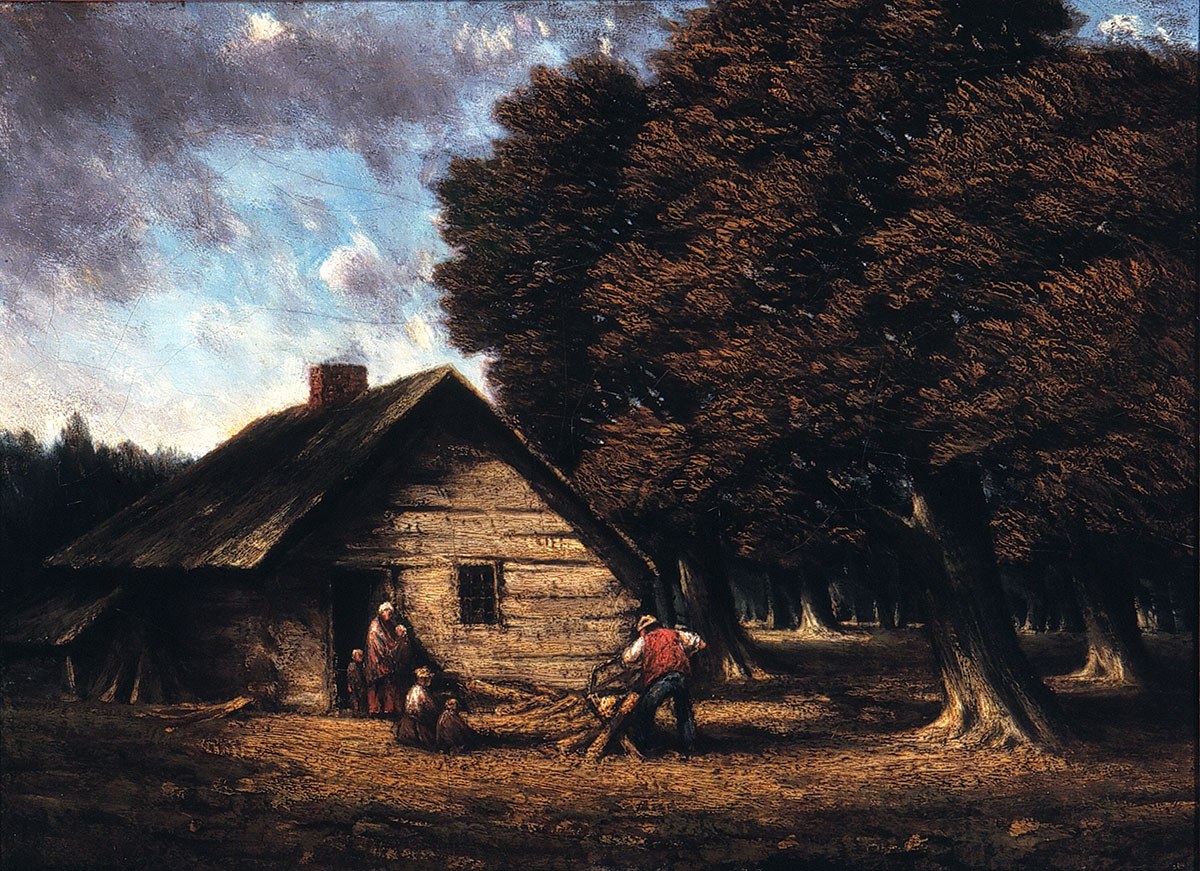
- 17 Feb 2017
- Arts and creativity
MyOntario - Author: Thomas H.B. Symons,
Homer Watson: Ontario’s pioneer artist
Homer Watson’s paintings and drawings captured the spirit of pioneer Ontario much as, in a later generation, the work of the Group of Seven captured...
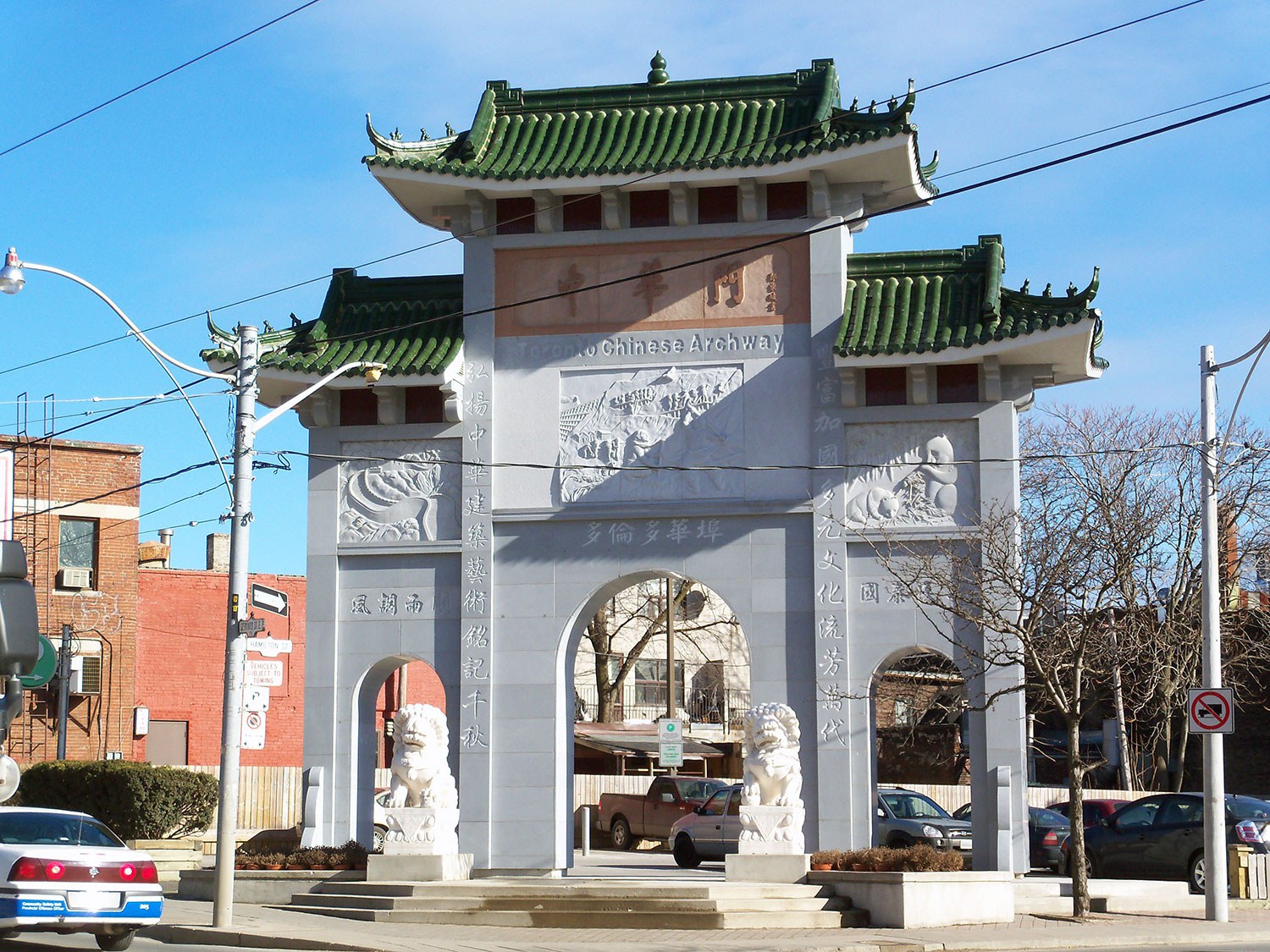
- 17 Feb 2017
- MyOntario
- Author: Arlene Chan,
Gateway to Ontario
Toronto’s Chinatown East has a beautiful gateway – a Chinese architectural tradition first introduced in British Columbia in the 1880s. As a writer and Chinatown...

- 17 Feb 2017
- MyOntario
- Author: Michael Bliss,
You can go home again
I first saw the Camp Ahmek waterfront on Canoe Lake in Algonquin Park in 1951. I saw it again last summer – 65 years later...

- 17 Feb 2017
- Arts and creativity
MyOntario - Author: Todd Stewart,
Highway 11, near Hearst
I feel the deepest connection with a place when I’m alone in it, surrounded by silence, the rest of the world far away. The stillness...

- 17 Feb 2017
- MyOntario
- Author: Kathleen Wynne,
Honouring our past, embracing our future
Ontario is Canada’s largest and most diverse province – home to ingenuity, inclusiveness and optimism. Our province’s 150th birthday is a chance to reflect on...

- 17 Feb 2017
- Black heritage
MyOntario - Author: Karolyn Smardz Frost,
Digging for the Promised Land
In 1985, the Toronto school board and Ontario’s culture ministry created the Archaeological Resource Centre. There, schoolchildren and volunteers could dig into their own city’s...

- 17 Feb 2017
- MyOntario
- Author: The Honourable James K. Bartleman,
My Muskoka – Winter 1949
Every evening when I was a kid in the 1940s, I’d manoeuvre rough logs up onto a sawhorse and use a small bucksaw to cut...

- 17 Feb 2017
- Sport heritage
MyOntario - Author: Philip Pritchard,
Ontario and the Stanley Cup
Hockey is Canada’s national sport, and there is nothing more synonymous with hockey than the Stanley Cup. The tradition, the aura and the respect it...
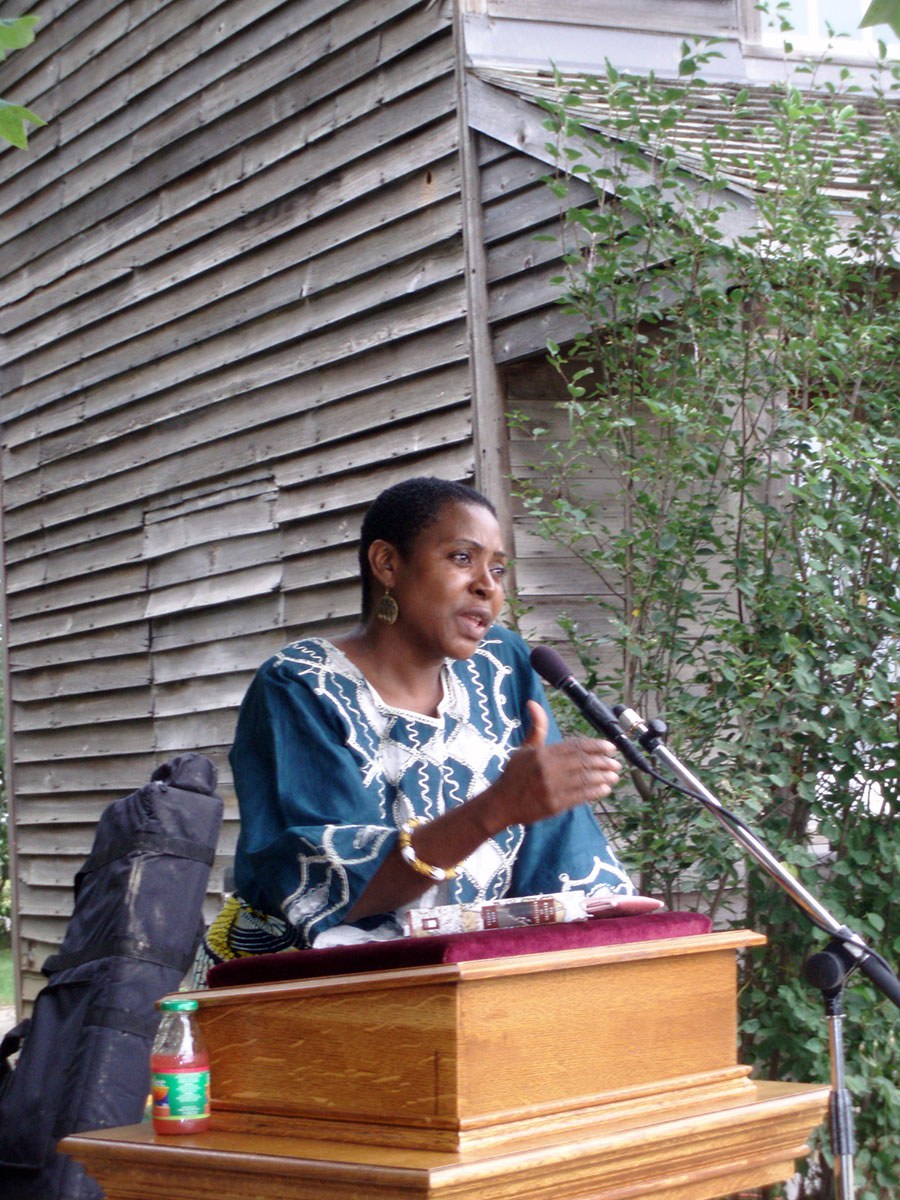
- 17 Feb 2017
- Black heritage
MyOntario - Author: Dr. Afua Cooper,
The Black history of Ontario inspires me and defines who I am
Peggy Pompadour haunts me. I walk through the streets of Ye Olde Towne Toronto and I feel her presence – this Black enslaved woman who...
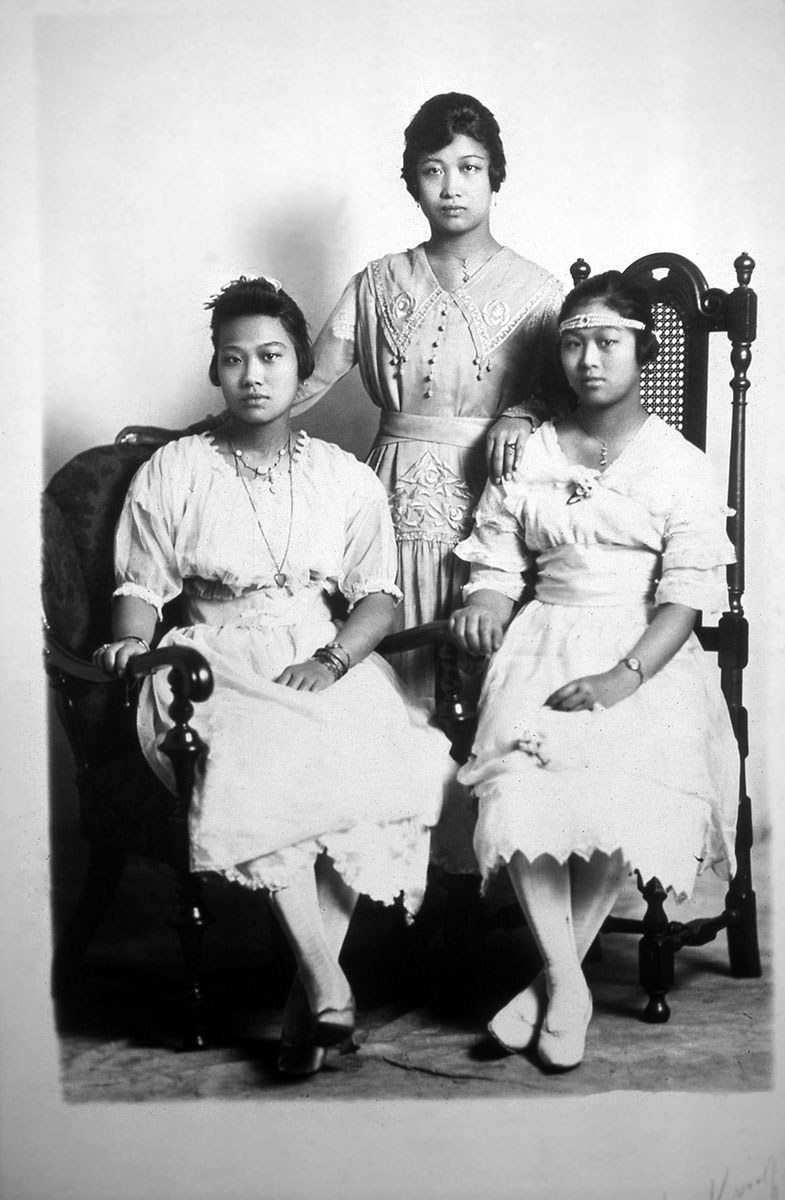
Telling the stories of Chinese Canadians
I am inspired by something intangible: the past, especially the history of Chinese Canadians. I grew up in Vancouver, knowing little about it. But once...

- 17 Feb 2017
- Natural heritage
MyOntario - Author: Michael Runtz,
Drawn back to Algonquin
Being a lifelong naturalist whose goal has been to explore Ontario’s natural history, I’ve come to appreciate just how rich this province’s biodiversity is. The...
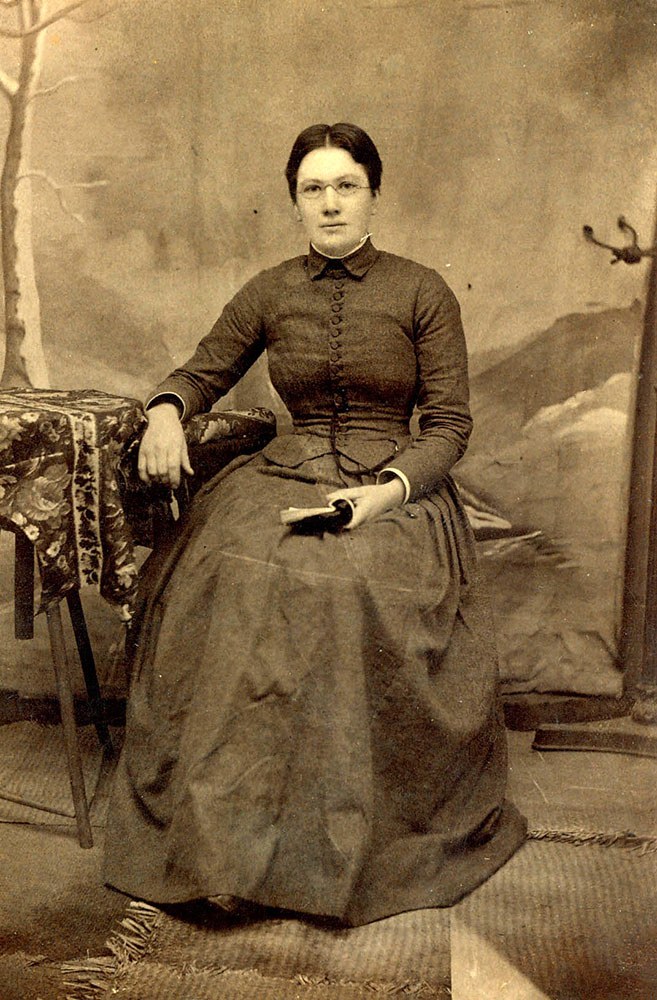
- 01 Feb 2017
- MyOntario
- Author: Sam Steiner,
The cloud of witnesses
As a historian of Mennonites in Ontario, I have always enjoyed wandering through Mennonite and Amish cemeteries. Whether plain Old Order Amish or Old Order...

- 18 May 2012
- Black heritage
Francophone heritage - Author: Emanuel da Silva and Diane Farmer,
Portrait of a growing diversity
Ontario has the largest number of francophones outside Québec. While that number has increased since 1951, it has not grown nearly as quickly as the...
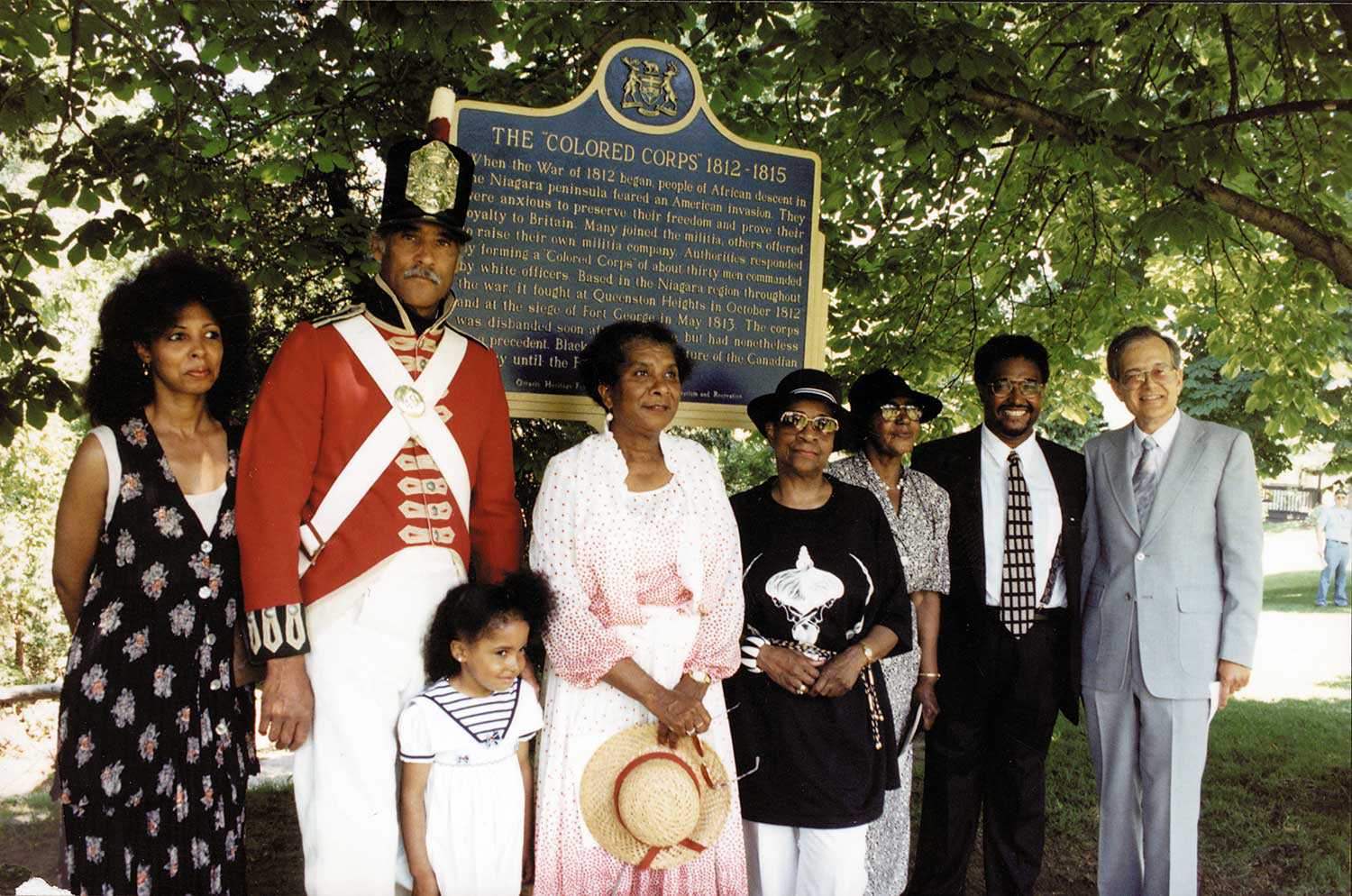
- 17 Feb 2012
- Black heritage
Military heritage - Author: Wayne Kelly,
Fighting for freedom
What must Richard Pierpoint have thought in 1812 when he heard the war drums beating again? Abducted from Senegal at the age of 16, Pierpoint...

- 10 Nov 2011
- Black heritage
- Author: Mesfin Aman,
A tribute to Dudley Laws
In February 2011, Dudley Laws checked himself out of hospital against medical opinion to honour a commitment previously made to inmates at Joyceville Institution in...

- 10 Nov 2011
- Black heritage
Community - Author: Marie Carter,
Overcoming historical amnesia: Recognizing people of African descent as pioneers and community builders
Essential Canadian history often recognizes people of African descent solely through the heroic stories of the Underground Railroad. These stories alone, however, do not represent...

- 10 Nov 2011
- Black heritage
- Author: P. Afua Marcus,
Len Gibson: Ontario dance pioneer
In this year declared by the United Nations as the International Year for People of African Descent, I think about dance in African Diaspora communities...
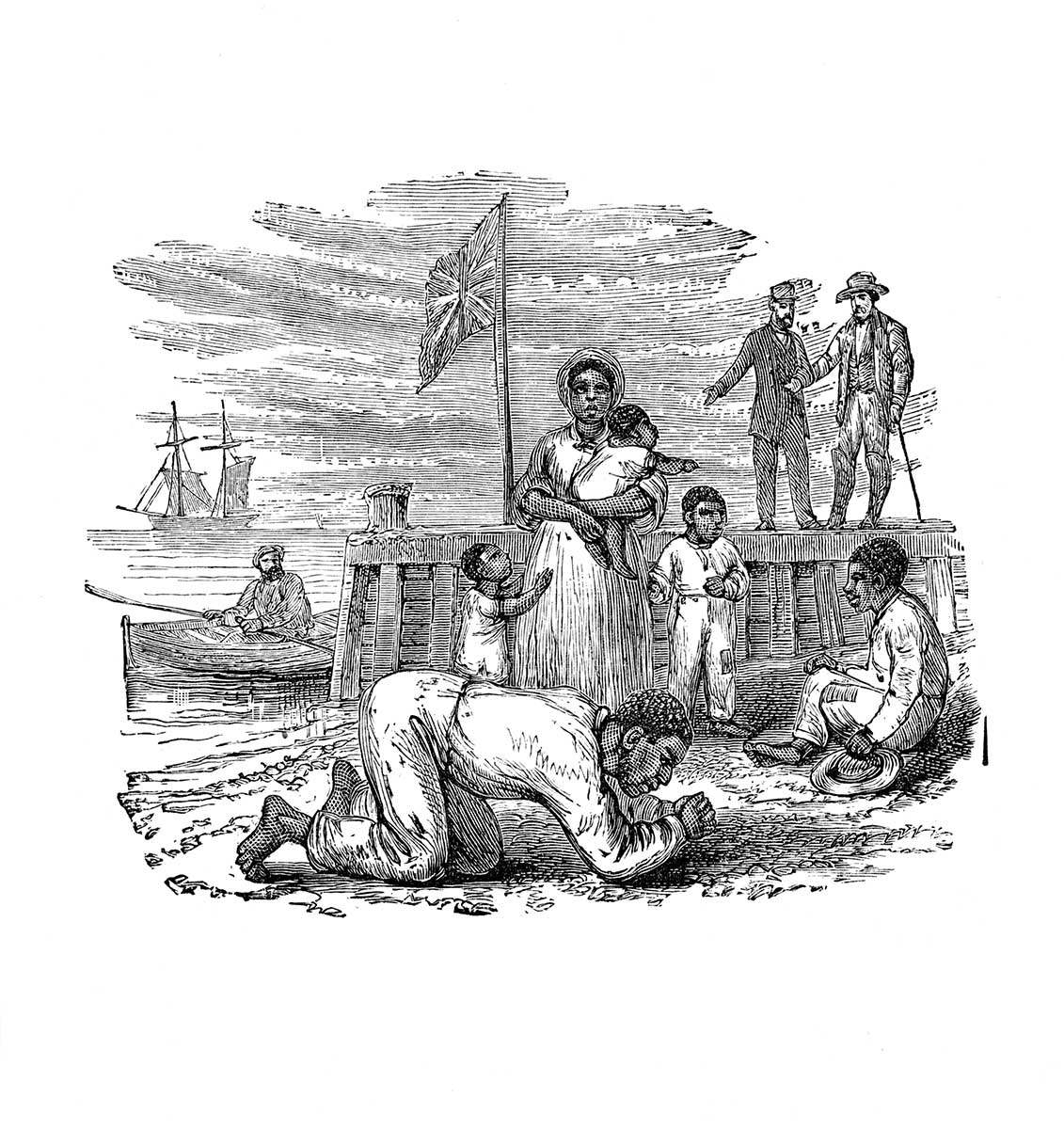
- 10 Nov 2011
- Black heritage
- Author: Nina Reid-Maroney,
The life of the mind in the Promised Land
In the spring of 1861, a young black Philadelphian named Parker Theophilus Smith sold his belongings – including his extensive library of ethnography, history, mathematics...
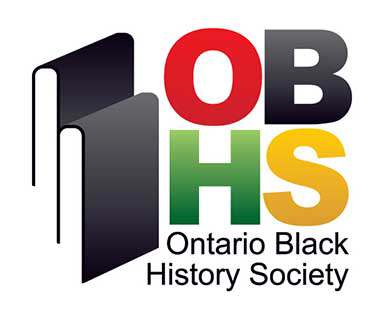
- 10 Nov 2011
- Black heritage
- Author: Rosemary Sadlier,
Recognition, justice and development
How do we recognize people of African descent in Ontario? How do we deal with their issues to provide them with justice? How do we...
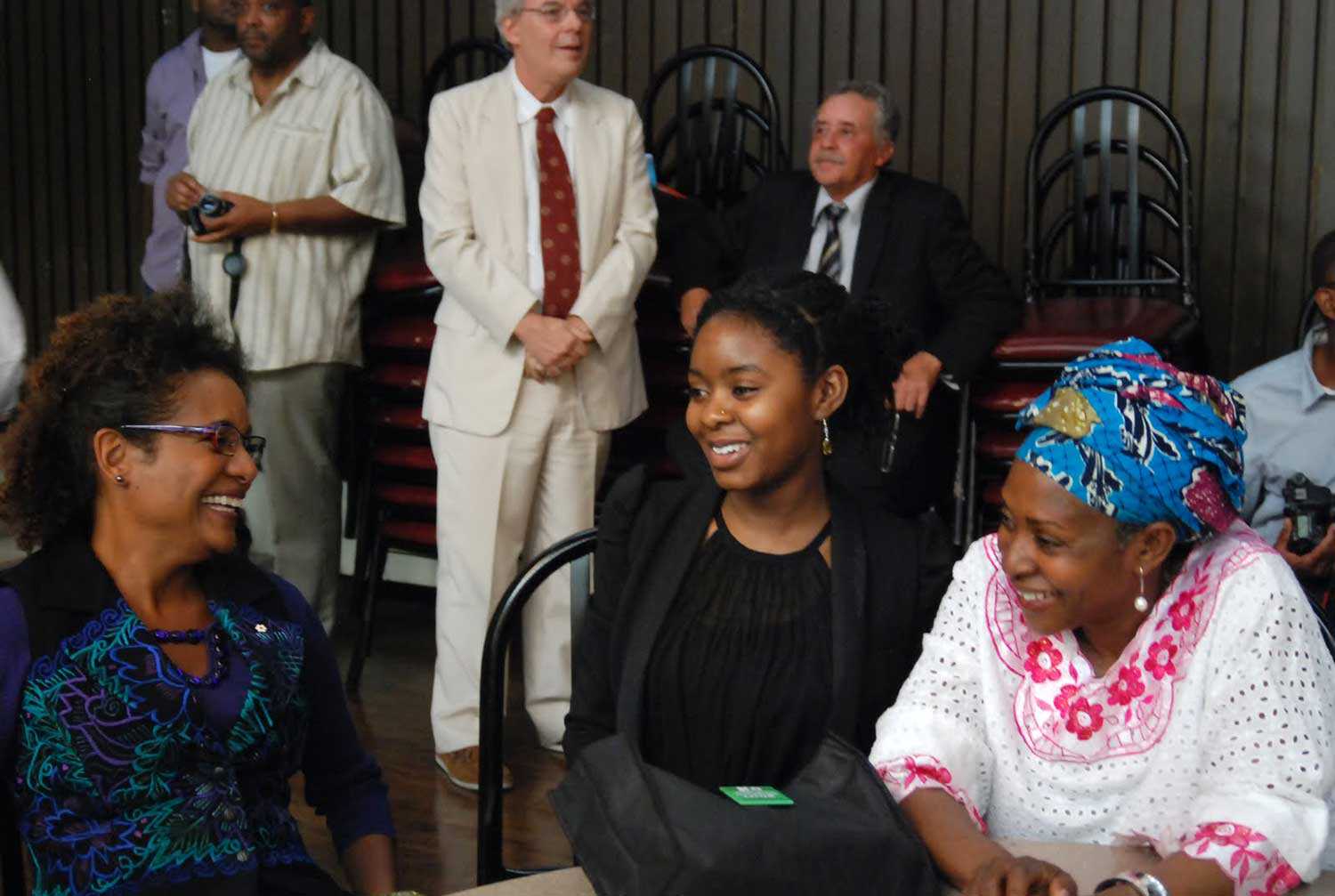
- 10 Nov 2011
- Black heritage
- Author: Karolyn Smardz Frost,
The UNESCO Slave Route Project: Itineraries of African-Canadian memory
In honour of the United Nations’ designation of 2011 as the International Year for People of African Descent, the Harriet Tubman Institute for Research in...
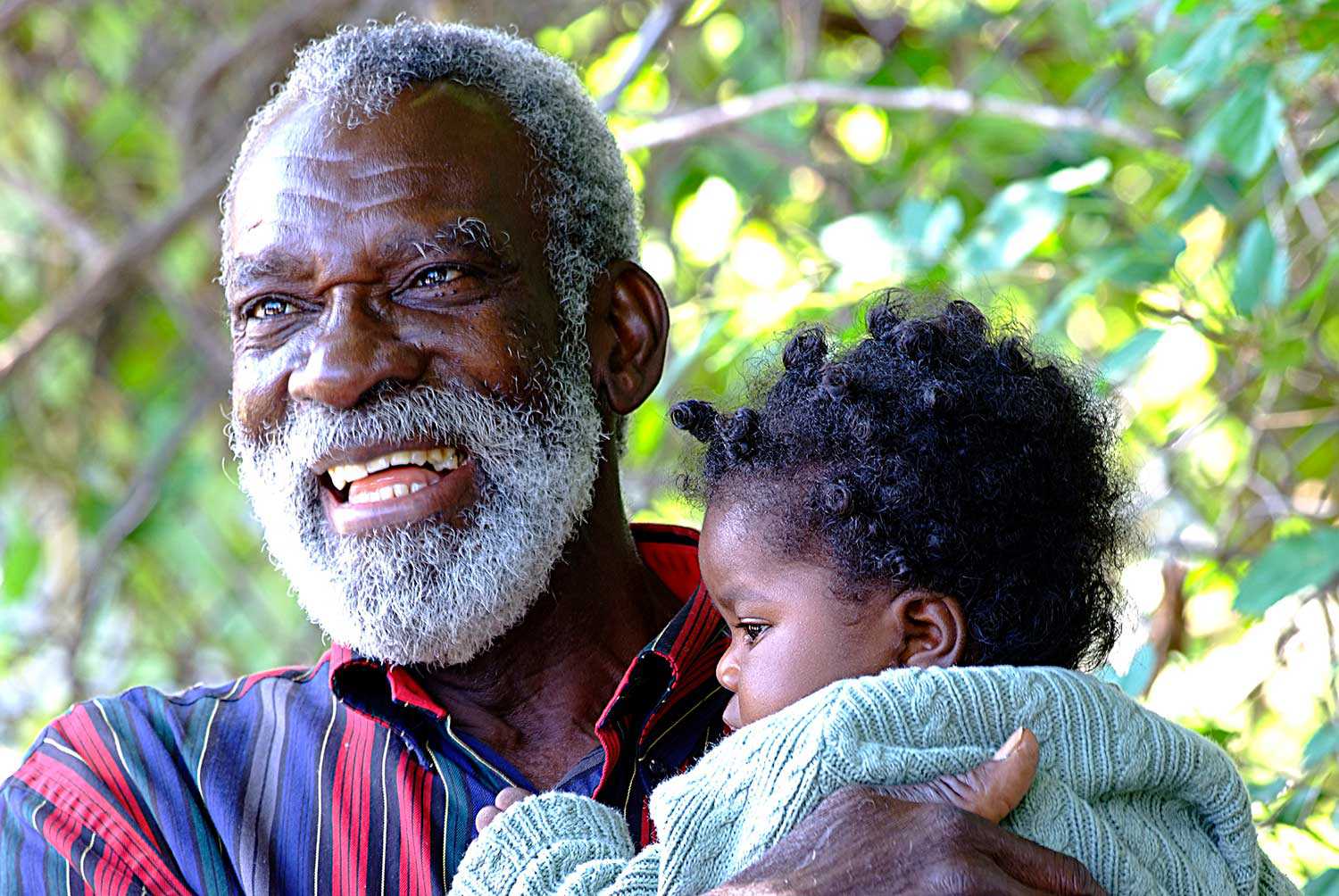
- 10 Nov 2011
- Black heritage
- Author: Ontario Heritage Trust,
Resources: Celebrating the International Year for People of African Descent
What's on the shelf The Journey from Tollgate to Parkway: African-Canadians in Hamilton, by Adrienne Shadd (Dundurn Press Ltd. 2010) When the Lincoln Alexander Parkway...

- 10 Nov 2011
- Black heritage
- Author: Thando Hyman,
The journey of the Africentric Alternative School
As traditional approaches to education continued to negate, under-represent and marginalize the contributions of African-Canadians, vocal critics of the report entitled Toward a New Beginning...

- 10 Nov 2011
- Black heritage
- Author: Dr. Afua Cooper,
Celebrating the International Year for People of African Descent
The United Nations (UN) has designated 2011 as the International Year for People of African Descent. The UN recognizes that, worldwide, people of African heritage...
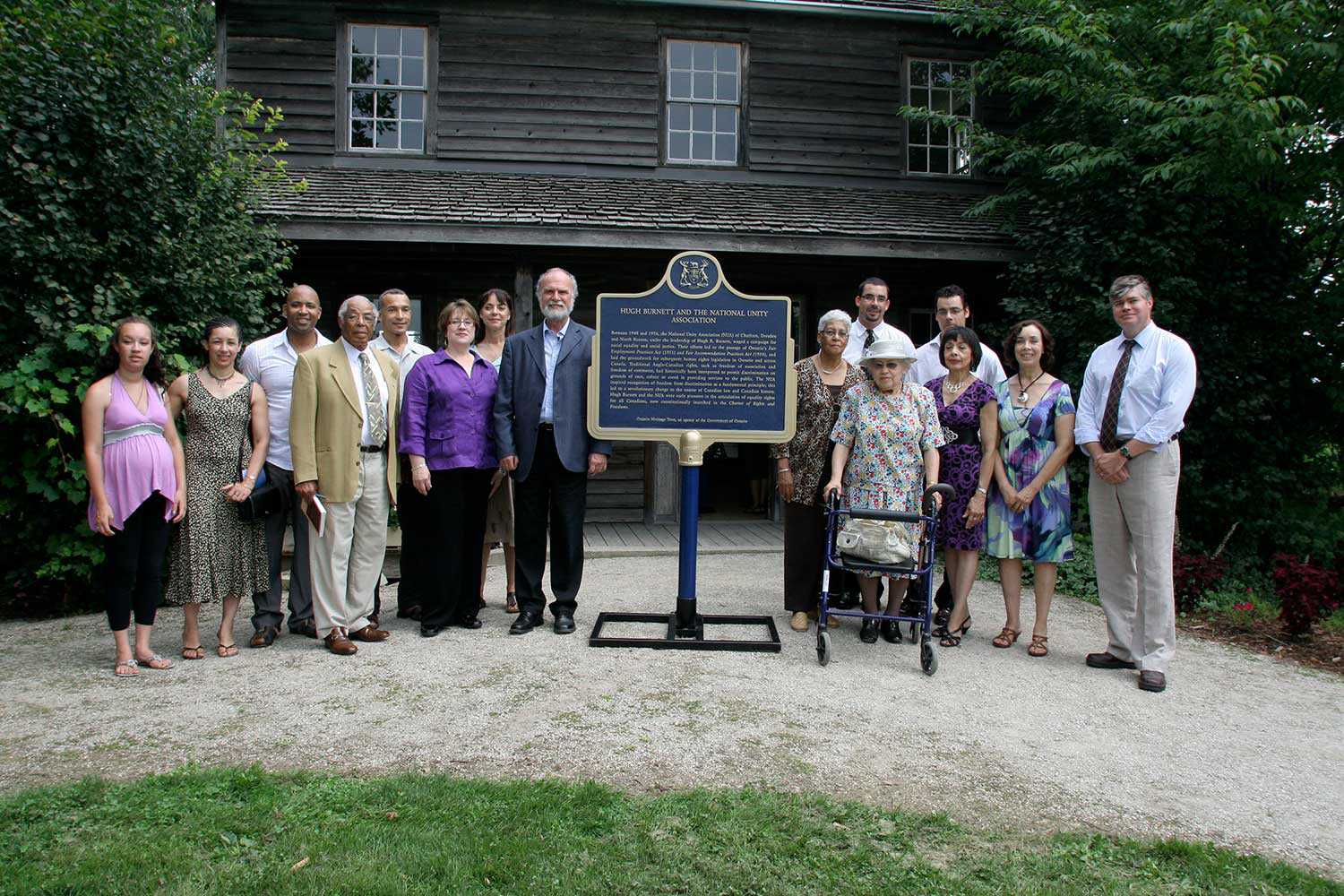
- 10 Nov 2011
- Black heritage
- Author: Sam Wesley,
Changing perspectives on the past
The Ontario Heritage Trust’s provincial plaque program has existed for more than 50 years. Throughout this time, it has commemorated several people, places and events...

- 10 Nov 2011
- Women's heritage
Black heritage - Author: Adrienne Shadd,
Wilma Morrison: A life of activism
By now, many people in the heritage community and the city of Niagara Falls, Ontario are familiar with the woman who is practically synonymous with...

- 10 Nov 2011
- Black heritage
- Author: Tamari Kitossa,
Looking beyond the law
This International Year goes beyond recognizing the contributions that African-descended people have made toward the economic, cultural and material enrichment of the West. It is...
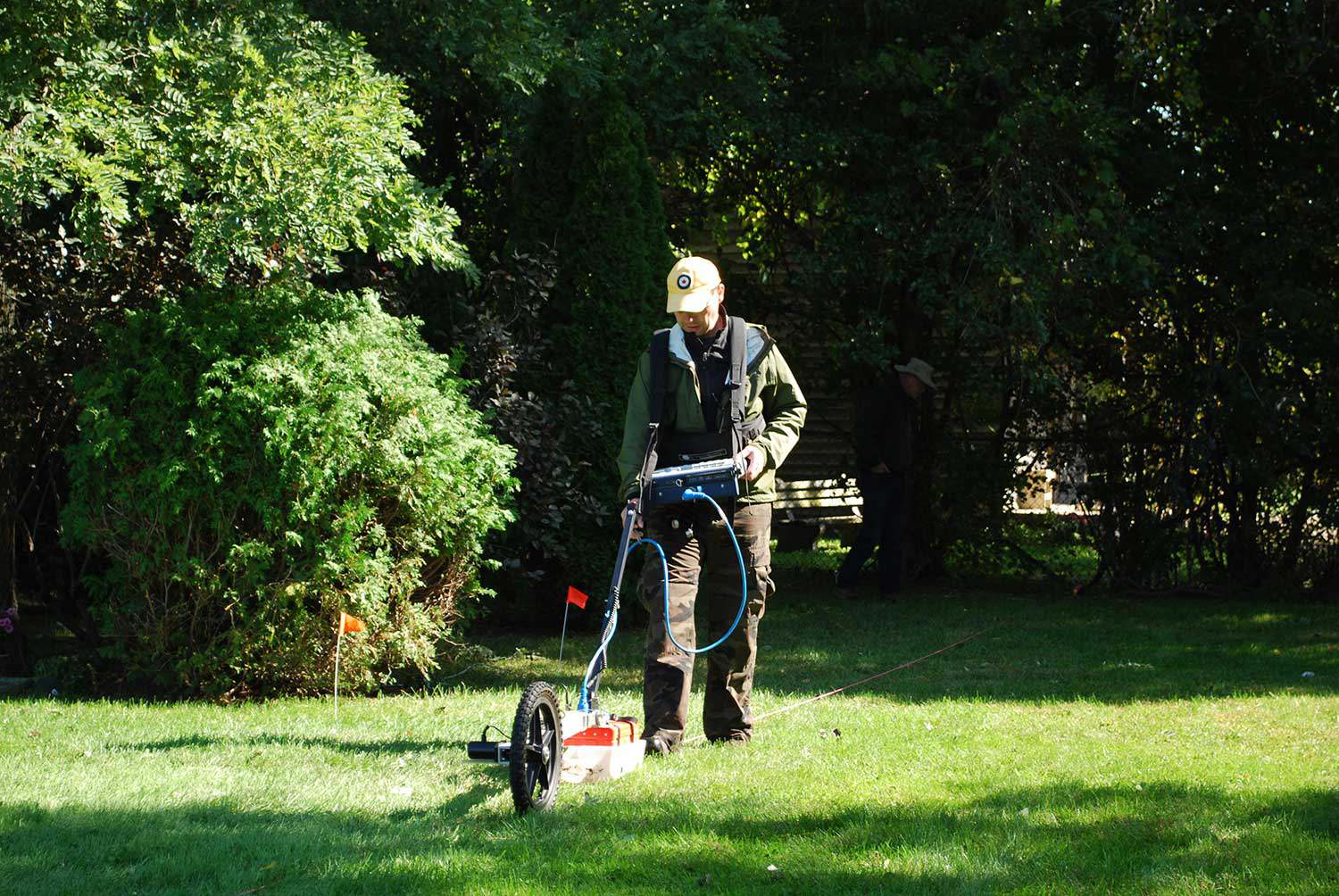
- 10 Nov 2011
- Black heritage
Archaeology - Author: Dena Doroszenko,
Breaking ground virtually: Looking through the Henson Family cemetery
Many have forgotten how influential Harriet Beecher Stowe’s novel Uncle Tom’s Cabin was at the time of its 1852 publication. It was a catalyst for...

Religious freedom in the promised land
Eli Johnson toiled on plantations in Virginia, Mississippi and Kentucky before making his bid for freedom in the “promised land” – the term used by...
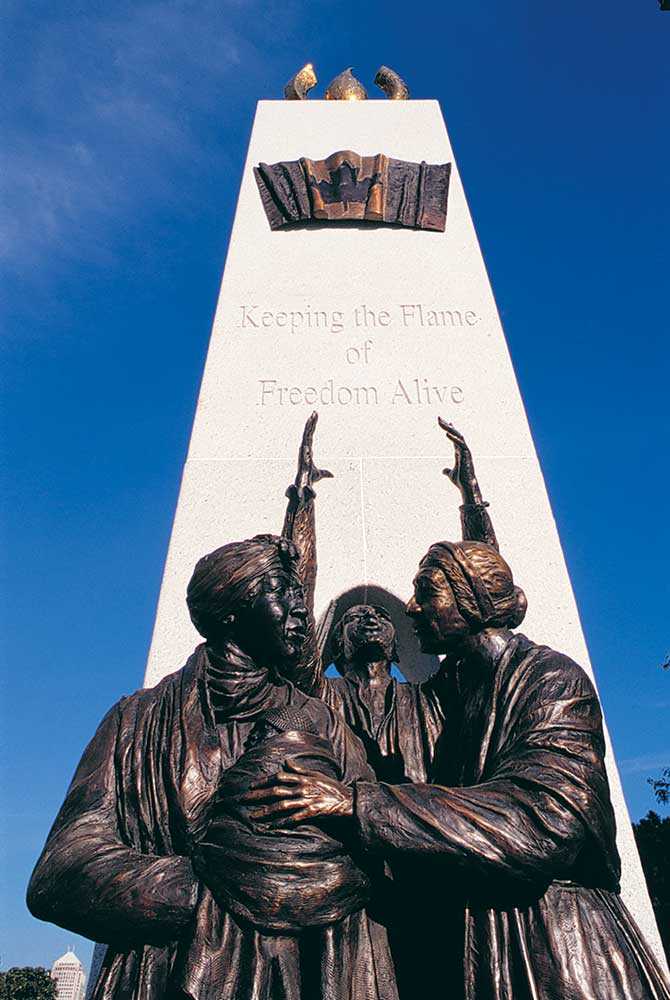
- 14 Feb 2008
- Black heritage
- Author: Steven Cook,
Ontario’s Black heritage network
In 2007, the Ontario Heritage Trust undertook a number of initiatives, with funding support from the Ministry of Citizenship and Immigration, to commemorate the 200th...

- 27 Jul 2007
- Black heritage
- Author: Colin McCullogh,
Chloe Cooley and the limitation of slavery in Ontario
On March 14, 1793 Chloe Cooley, an enslaved Black woman in Queenston, was bound, thrown into a boat and sold across the river to a...
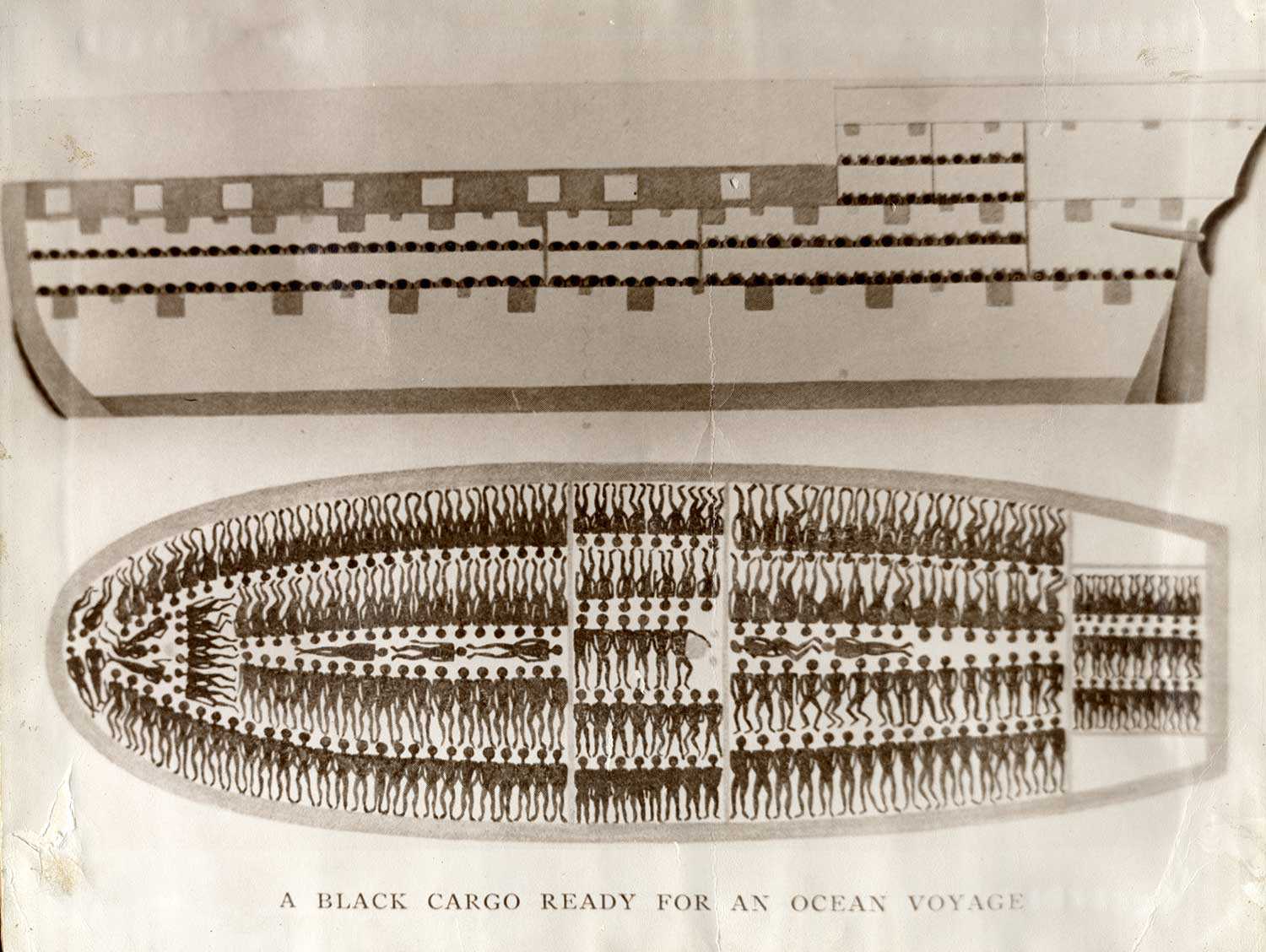
- 27 Jul 2007
- Black heritage
- Author: Ontario Heritage Trust,
Timeline to freedom
3500 BC to 332 BC – Slavery is practised in ancient Egypt as prisoners are sold as slaves 1500s – Beginning of the European slave...
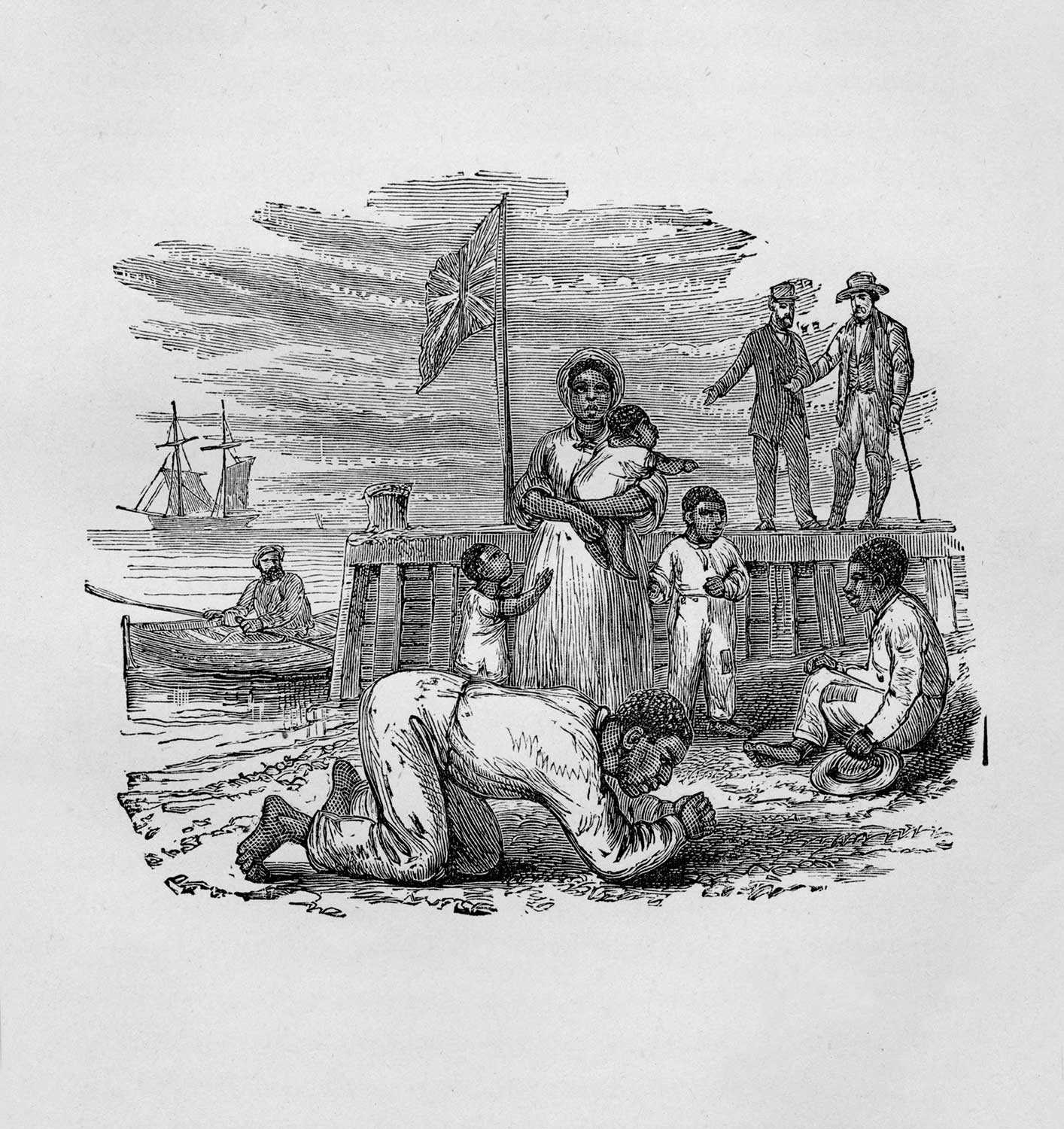
- 27 Jul 2007
- Black heritage
- Author: Dr. Afua Cooper,
Slavery in Ontario
Slavery – one of the world’s oldest institutions, practised in almost every society – became increasingly identified with the Black peoples of Africa because of...
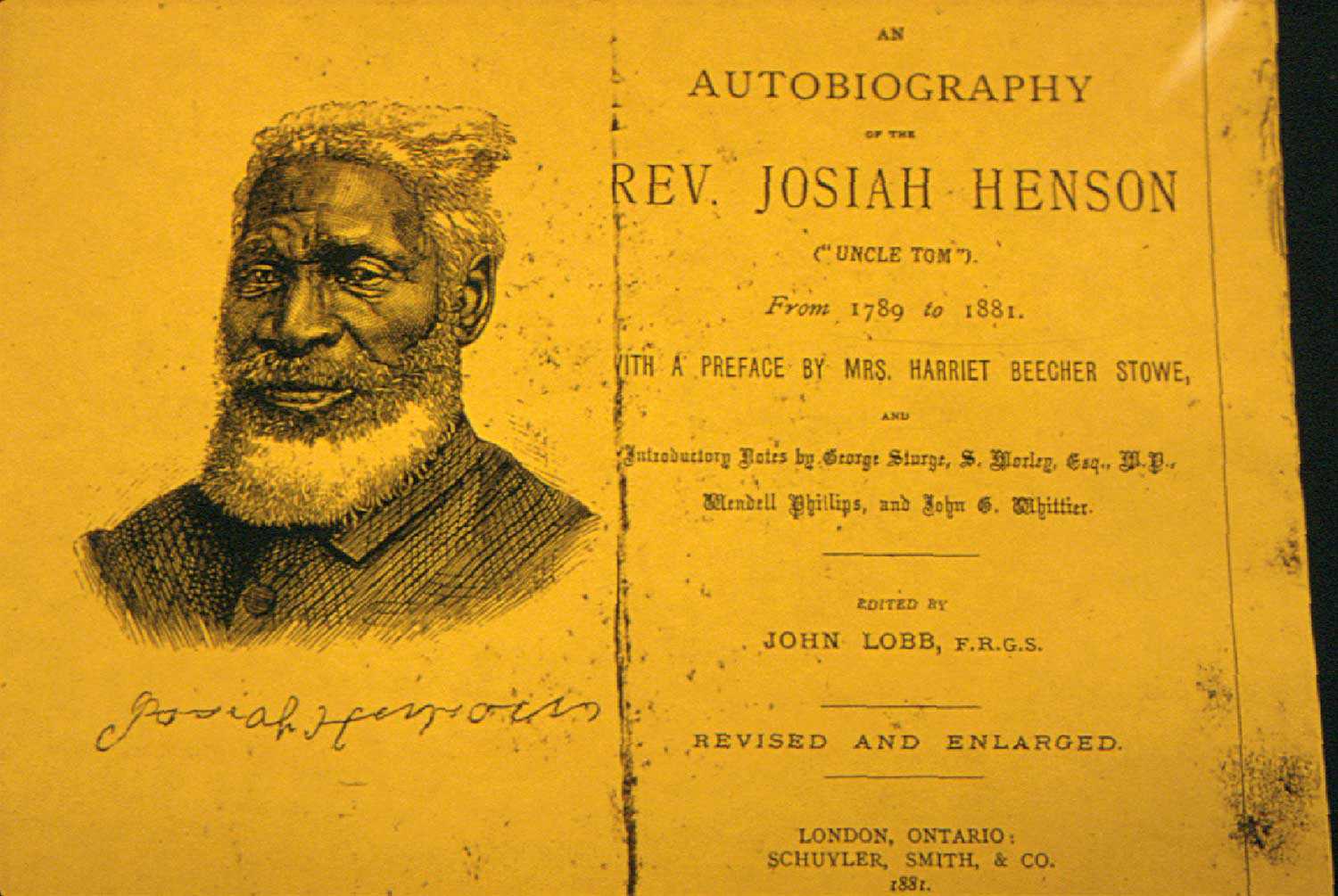
- 15 Feb 2007
- Black heritage
Cultural objects - Author: Wayne Kelly and Steven Cook,
Carving out a place in our history
Josiah Henson travelled to London, England in 1851 to attend the first World’s Fair – also known as the Great Exhibition or Crystal Palace Exhibition...

- 15 Feb 2007
- Black heritage
Buildings and architecture
Natural heritage - Author: Gordon Pim,
Heritage by numbers
Ontario’s heritage is an immense and complex jigsaw puzzle. Every individual element of heritage creates a whole . . . a sort of heritage by...

- 07 Sep 2006
- Black heritage
- Author: Steven Cook,
"I'll use my freedom well"
A world-class exhibit honouring a Canadian of national historic significance was launched this spring at the internationally renowned Uncle Tom’s Cabin Historic Site in Dresden...
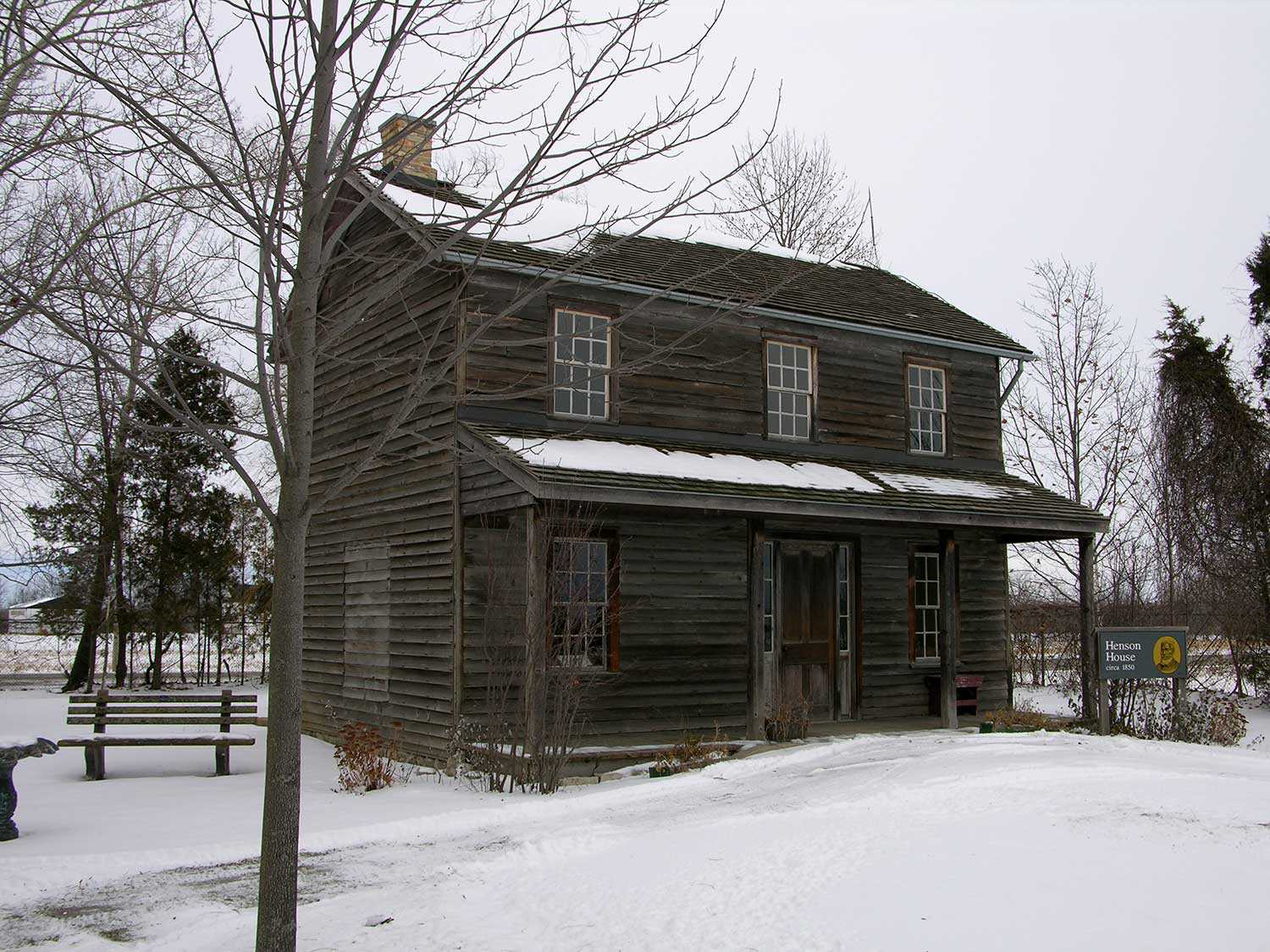
- 16 Feb 2006
- Black heritage
- Author: Karolyn Smardz Frost,
The birth of Black History Month
Ontario’s Black History Month began in the United States as “Negro History Week.” This American celebration of Black history and culture was initiated in 192...
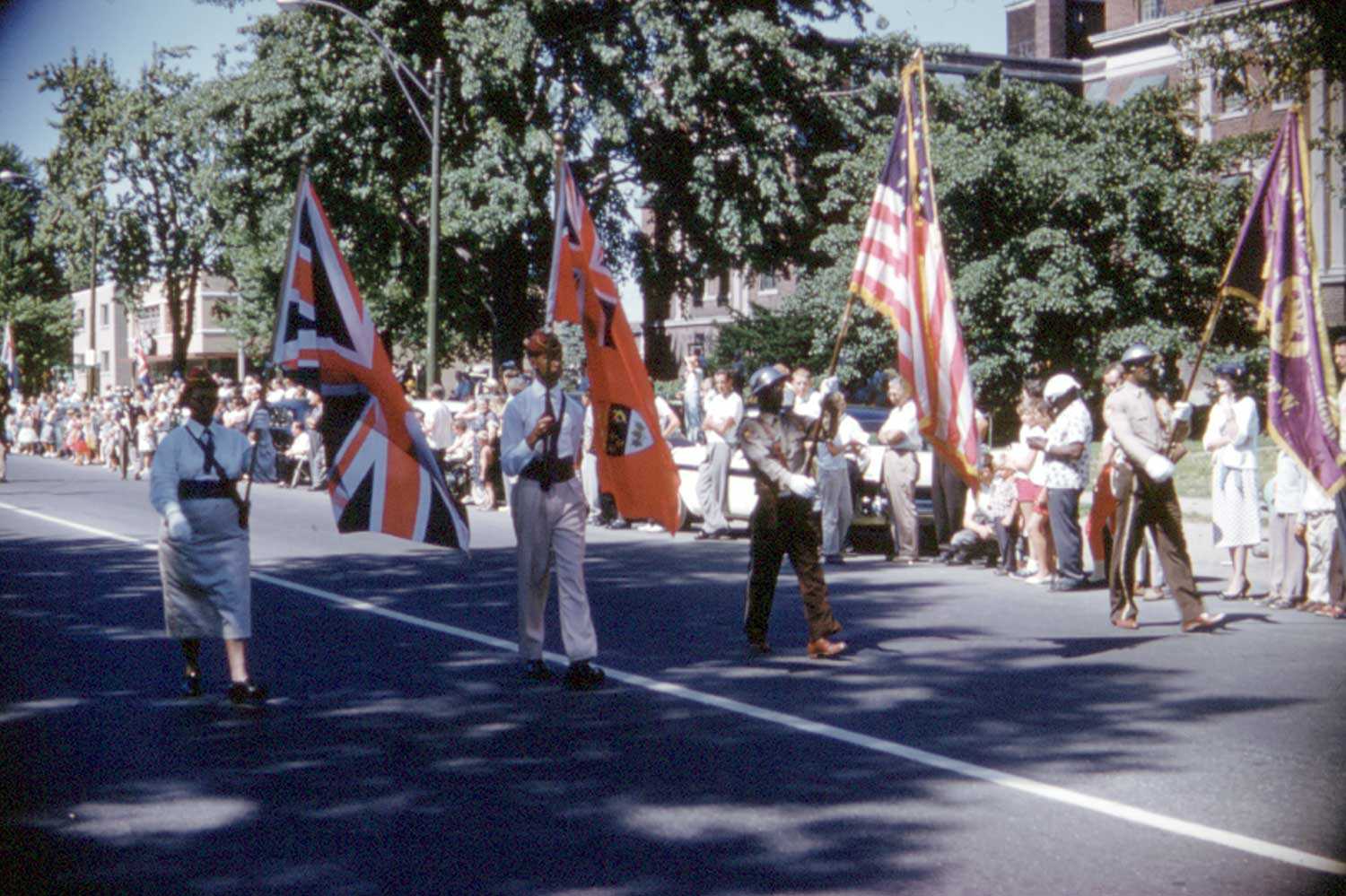
- 08 Sep 2005
- Black heritage
- Author: Steven Cook,
Celebrating Emancipation Day: The greatest freedom show on earth
His name was Walter Perry; they called him "Mr. Emancipation." Born in Windsor in 1899, this great-grandson of slaves drew thousands of spectators each year...

- 12 Feb 2005
- Black heritage
Buildings and architecture - Author: Wayne Kelly,
Inside Uncle Tom's Cabin
At a bend in the Sydenham River near the town of Dresden stands Uncle Tom’s Cabin Historic Site. The museum – built on the site...
- Accessibility
- Privacy statement
- Terms of use
- © King's Printer for Ontario, 2023
- Photos © Ontario Heritage Trust, unless otherwise indicated.

- Accessibility
- Privacy statement
- Terms of use
- © King's Printer for Ontario, 2023
- Photos © Ontario Heritage Trust, unless otherwise indicated.

